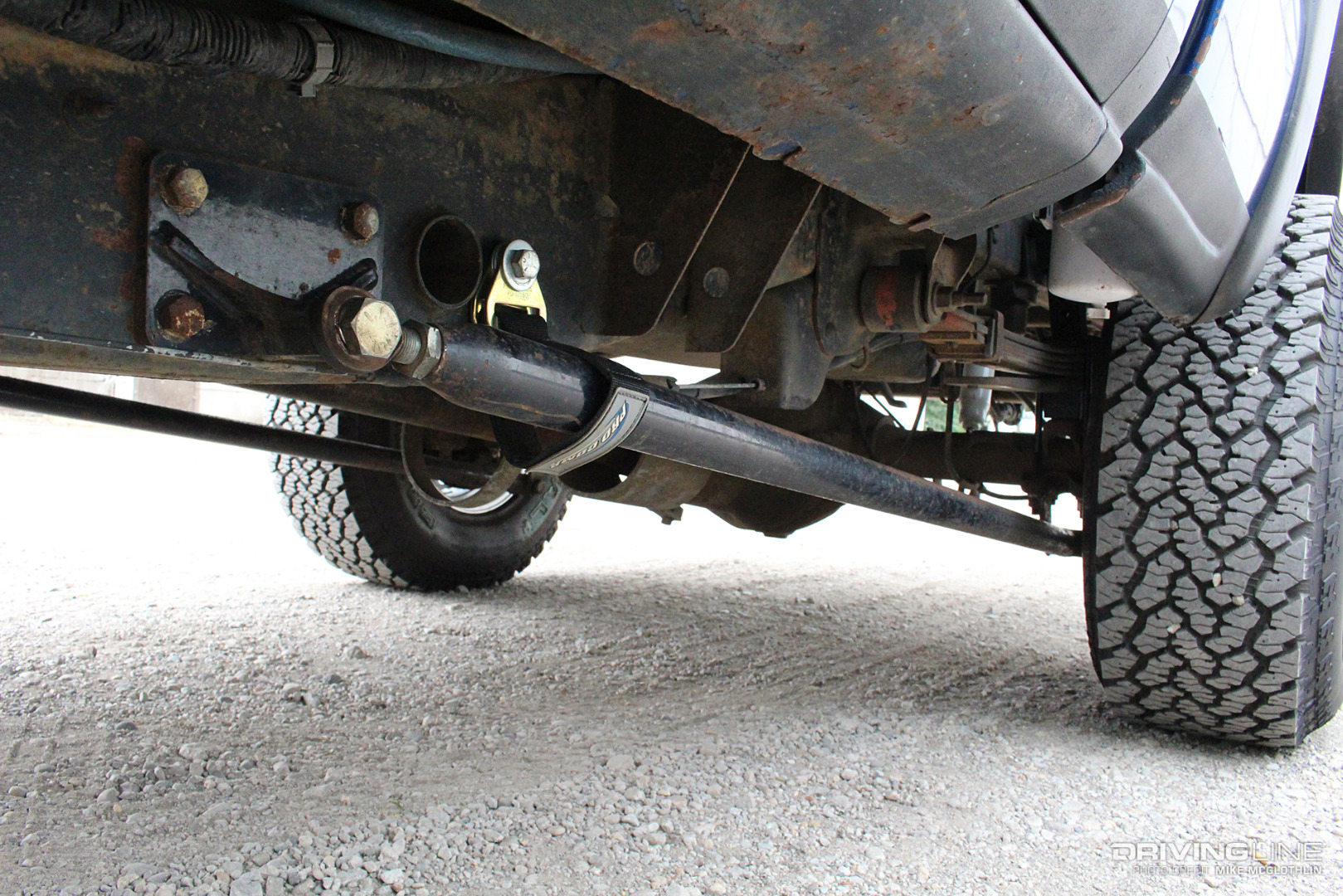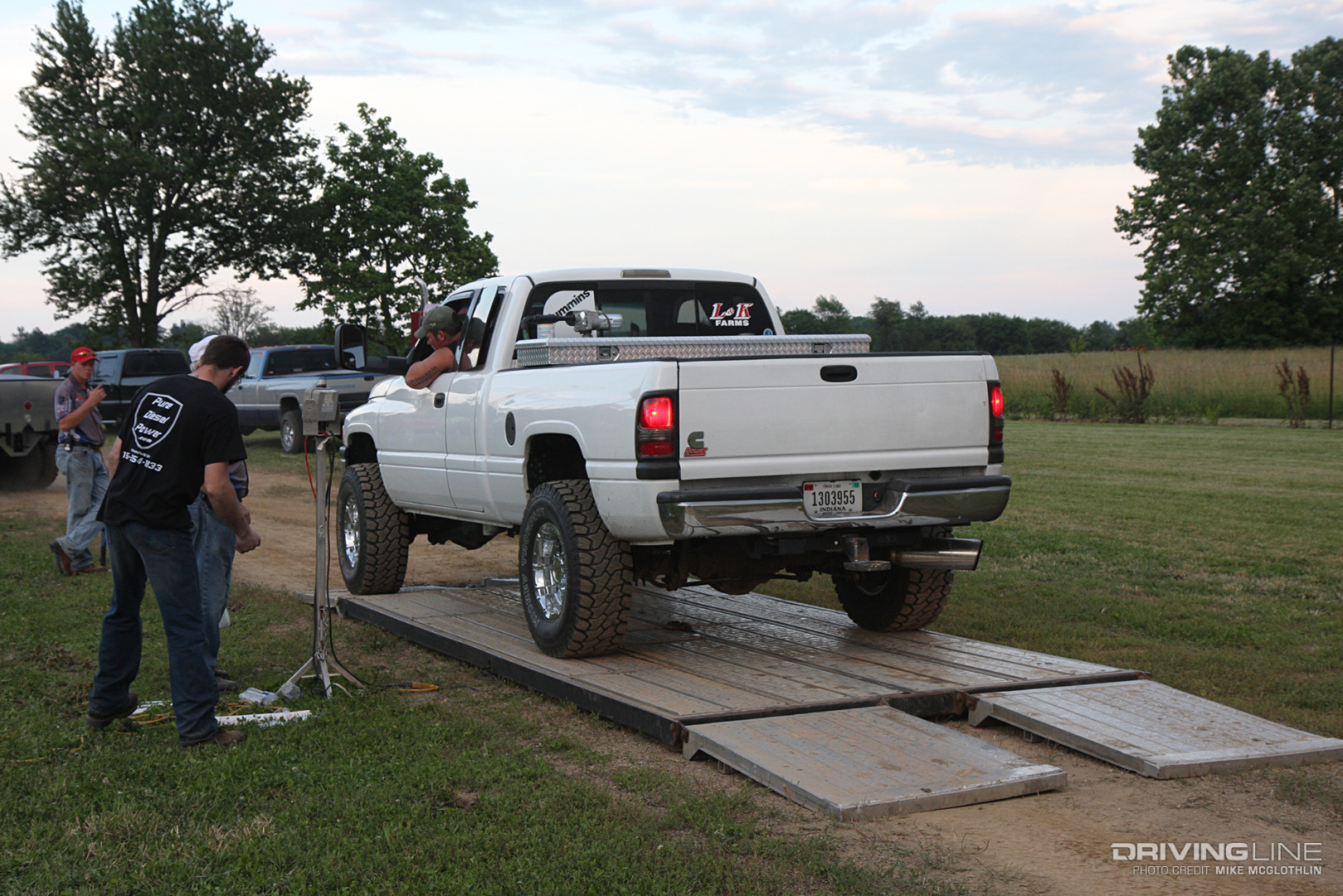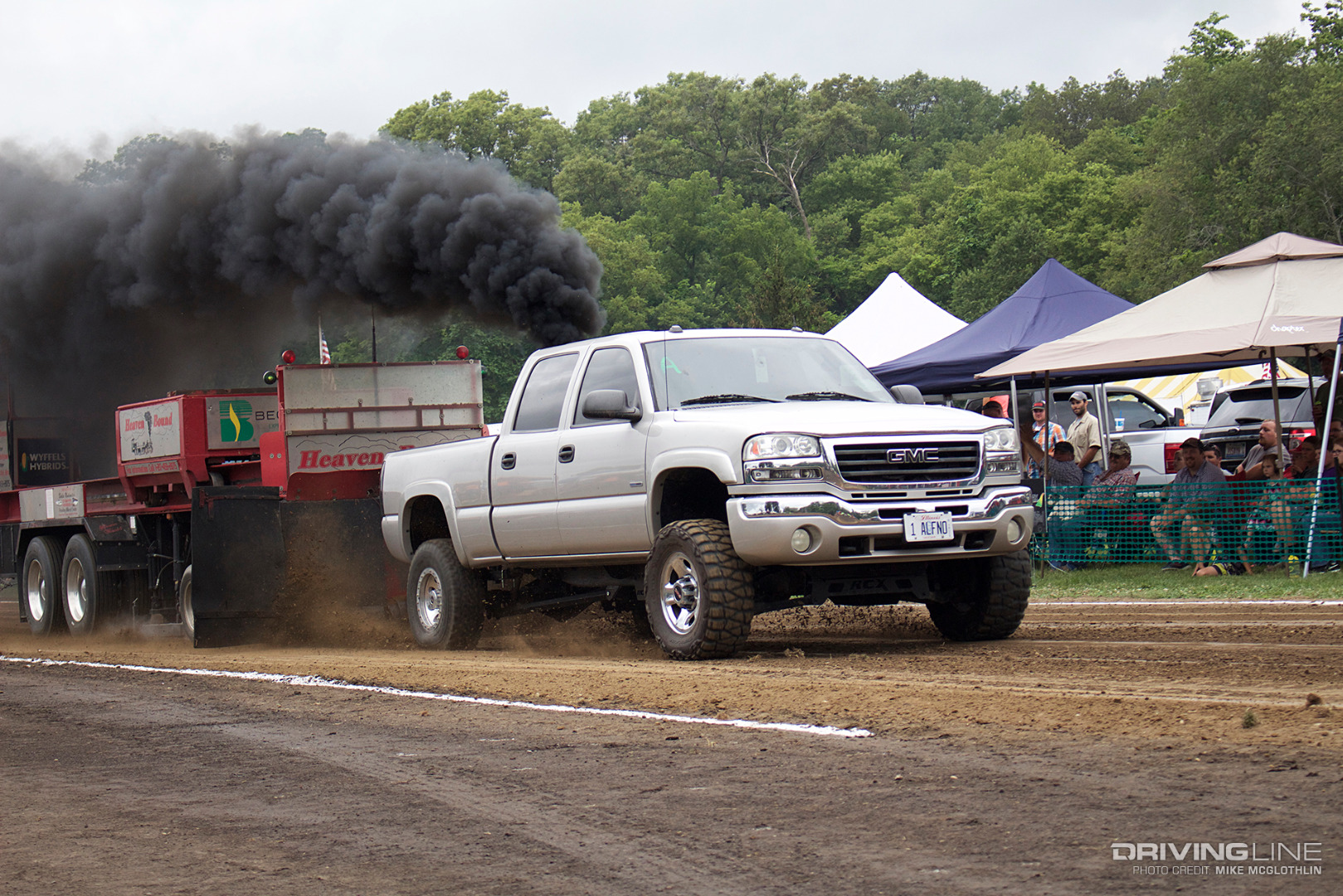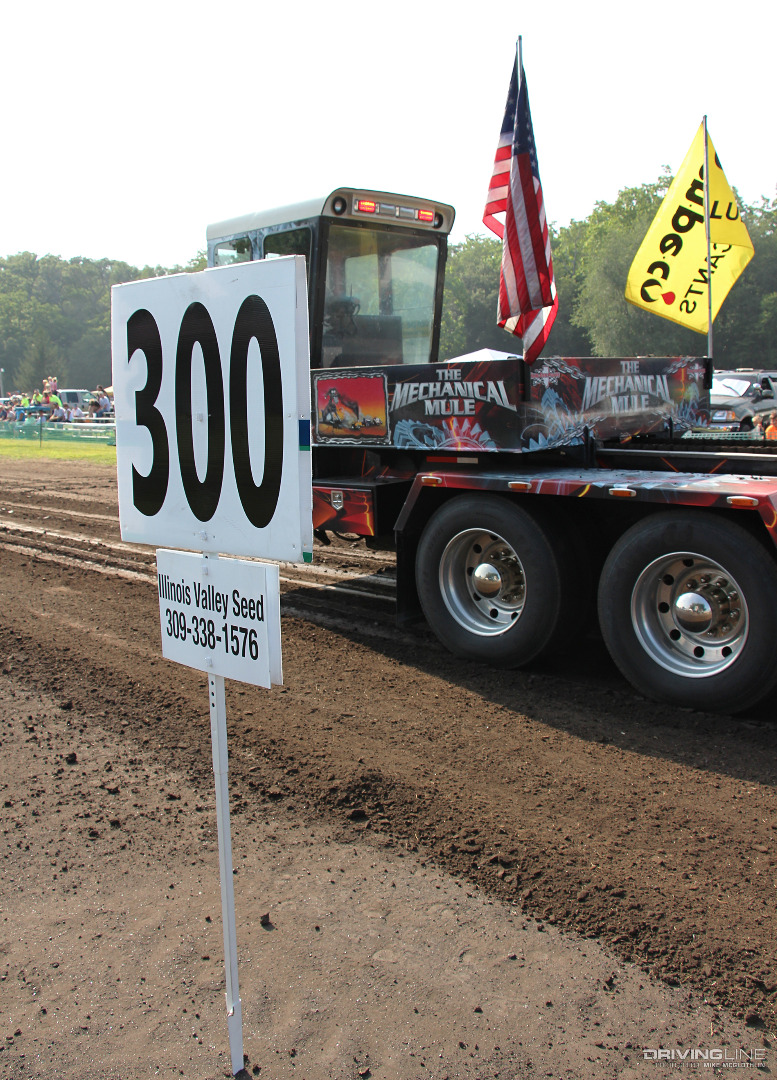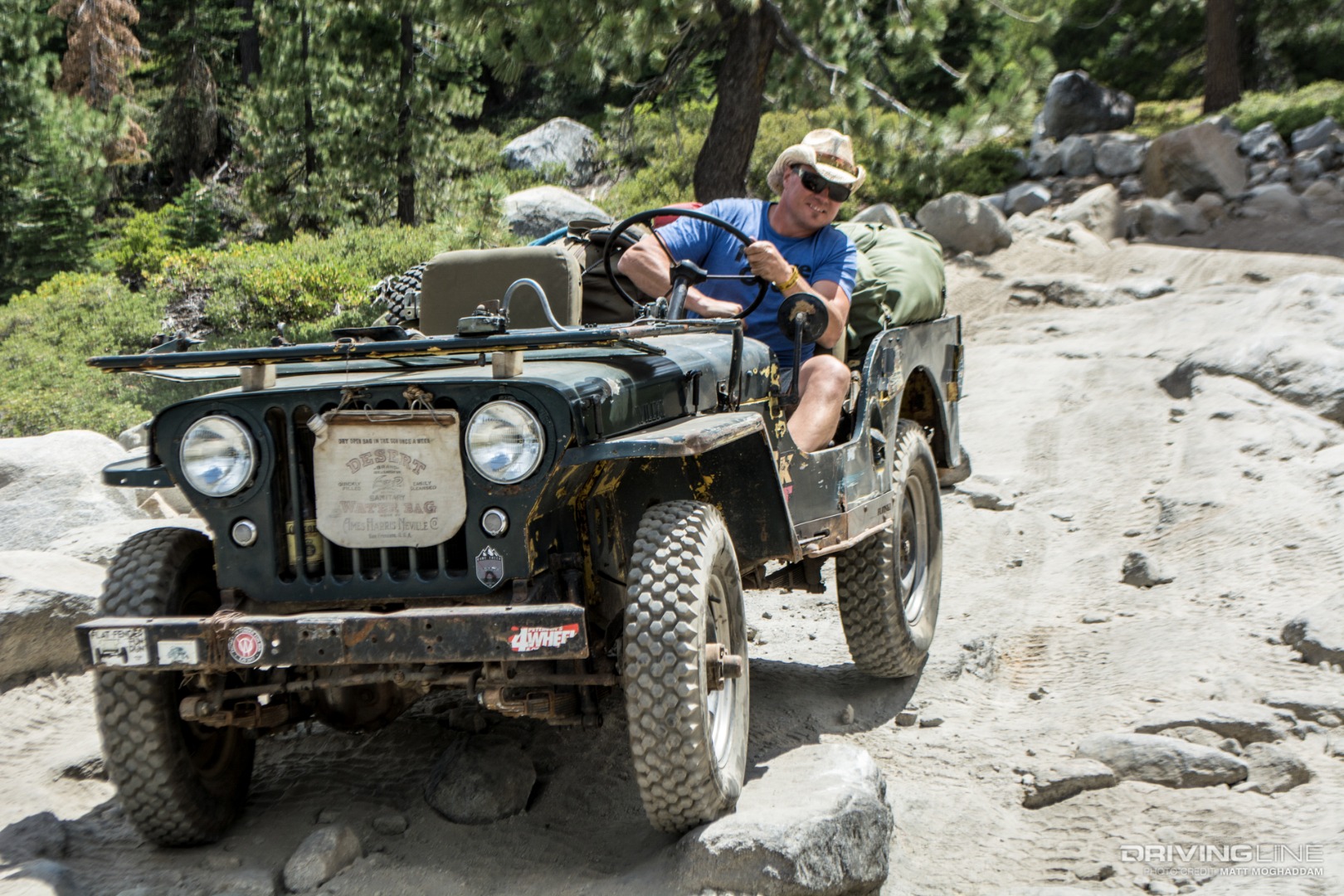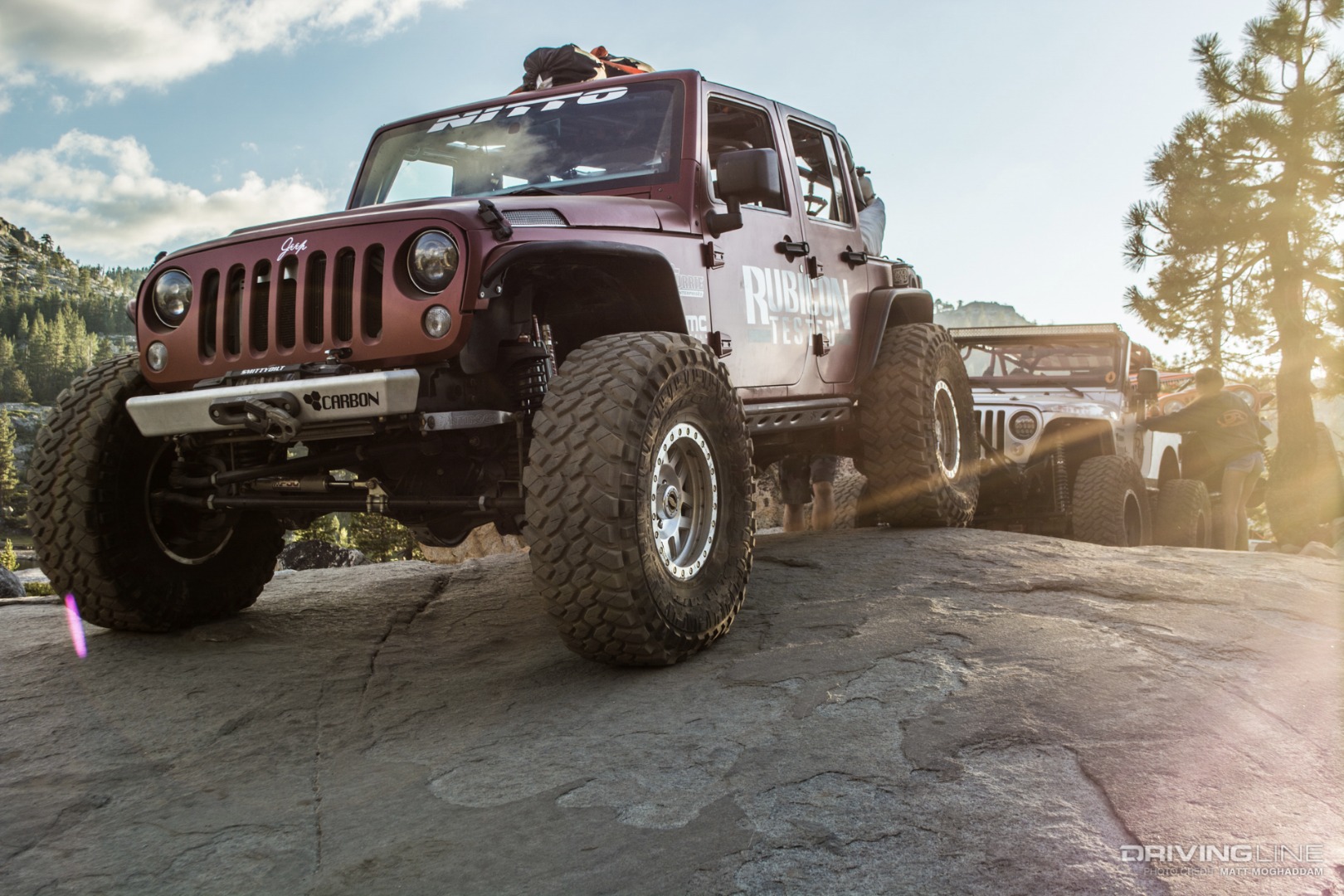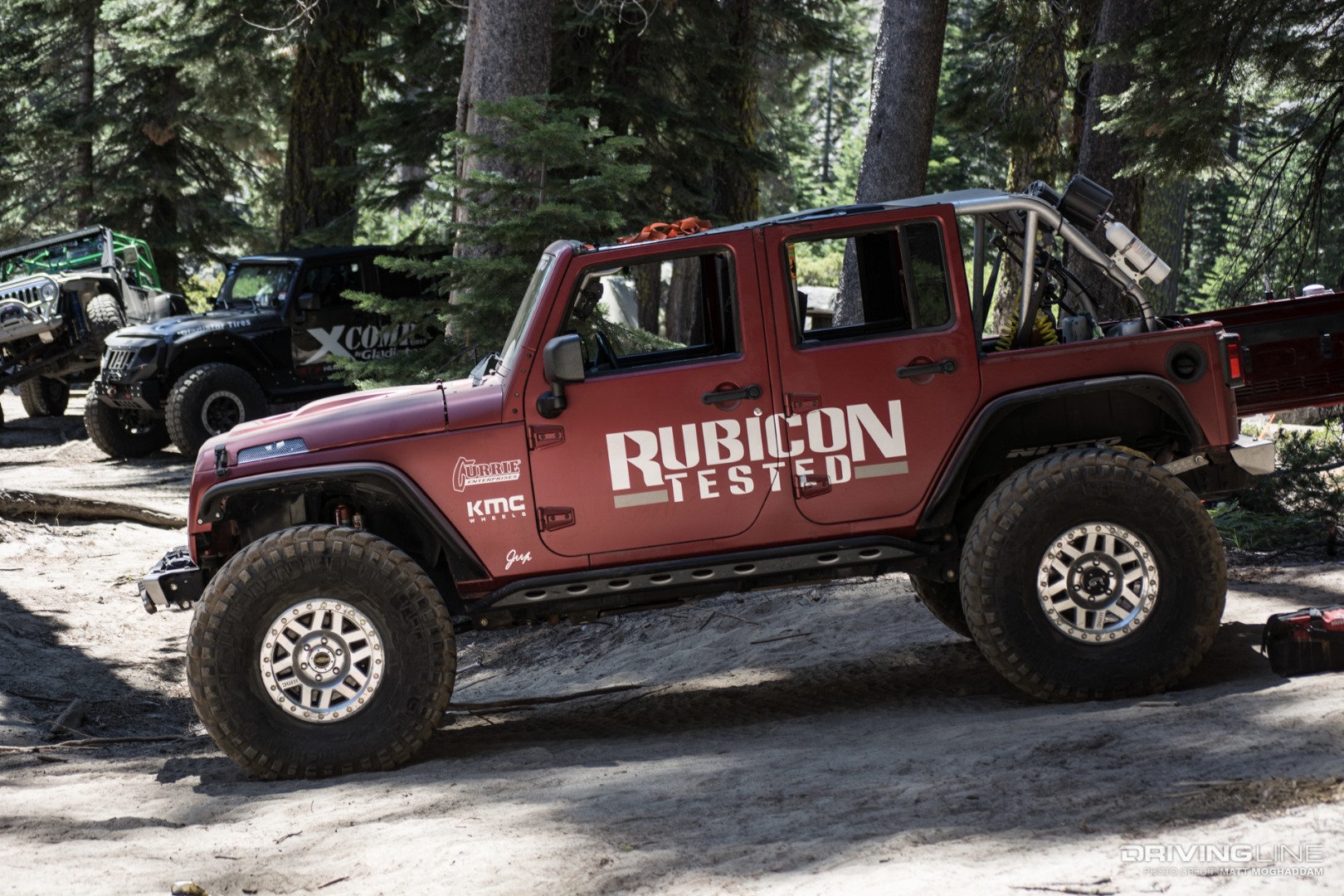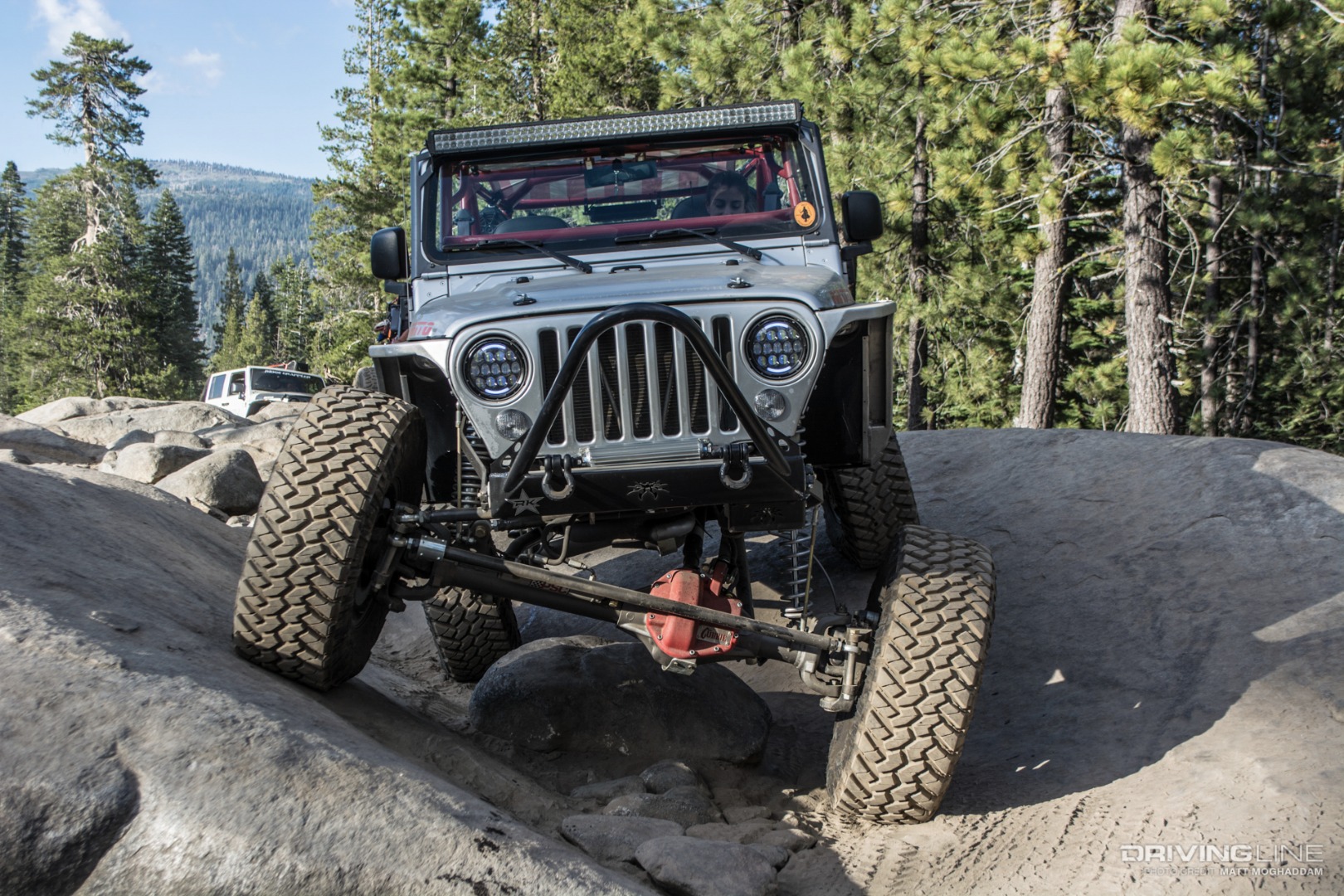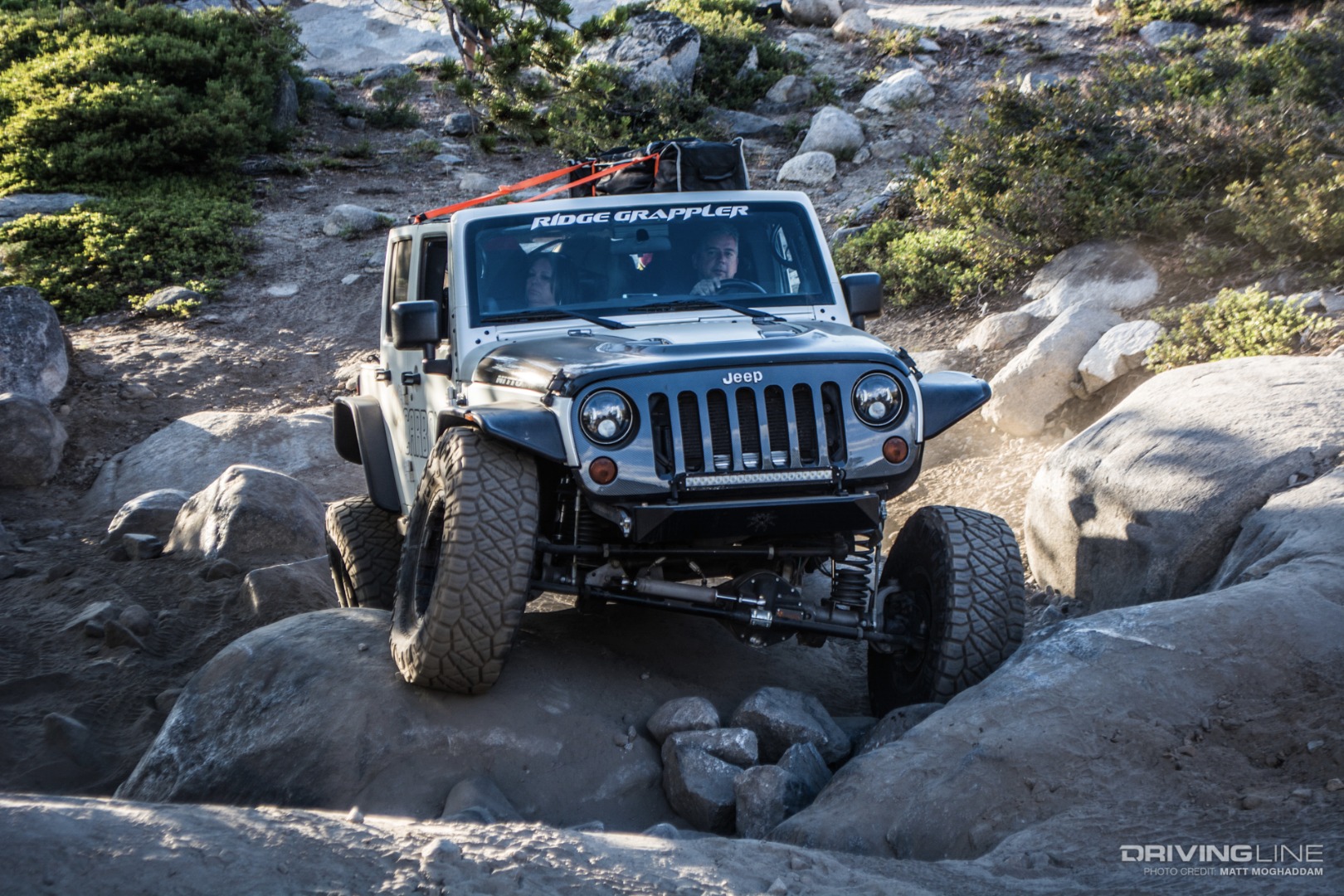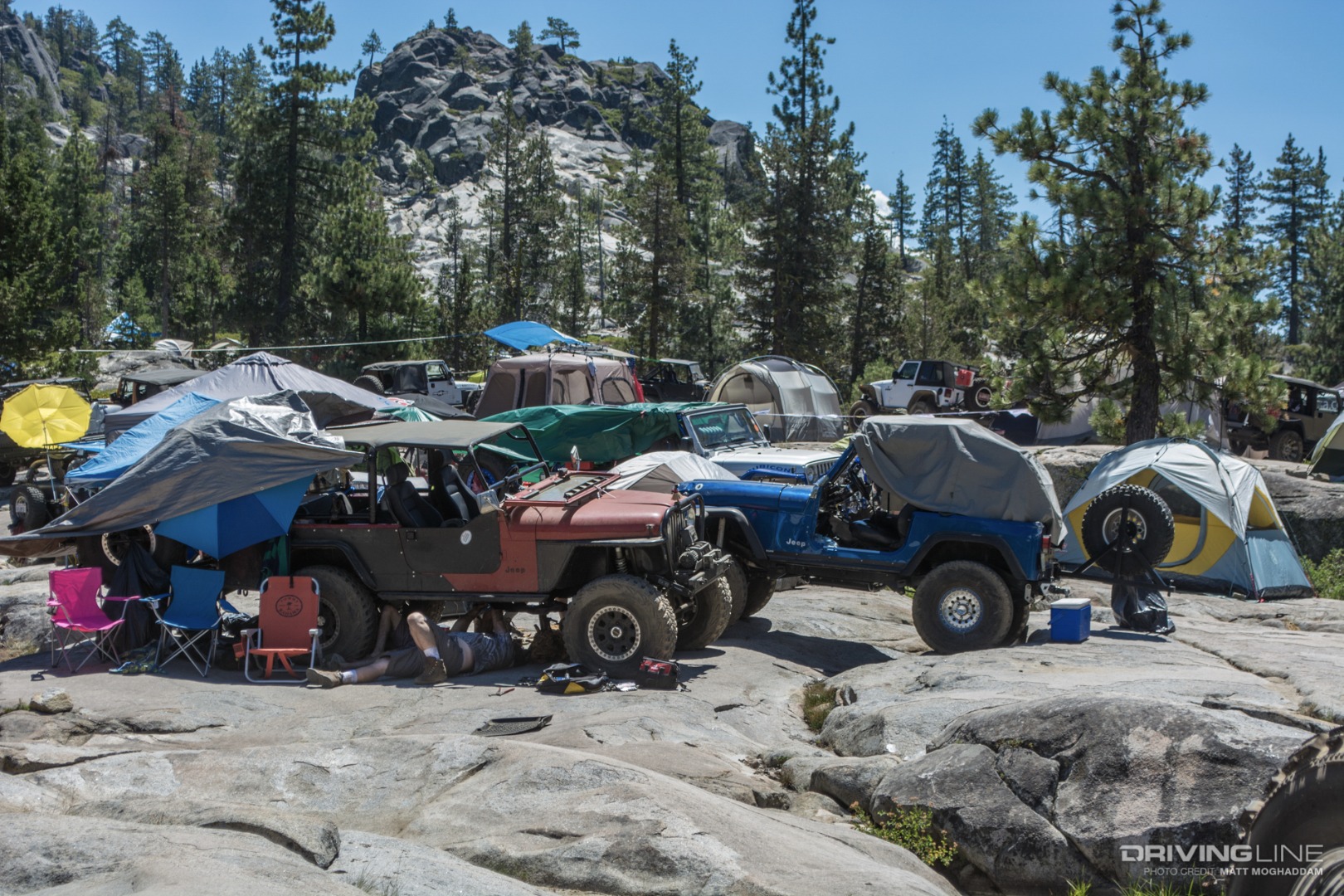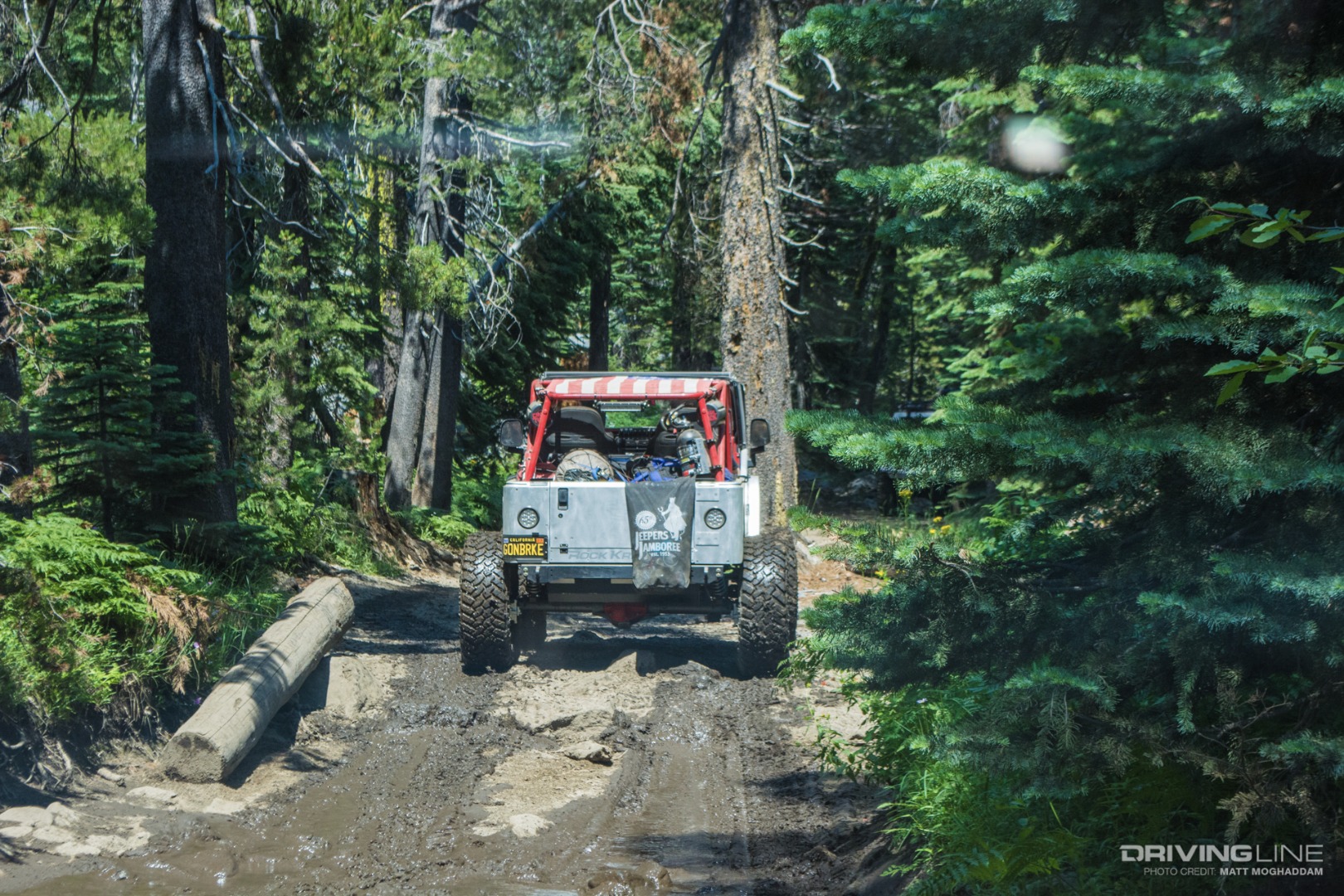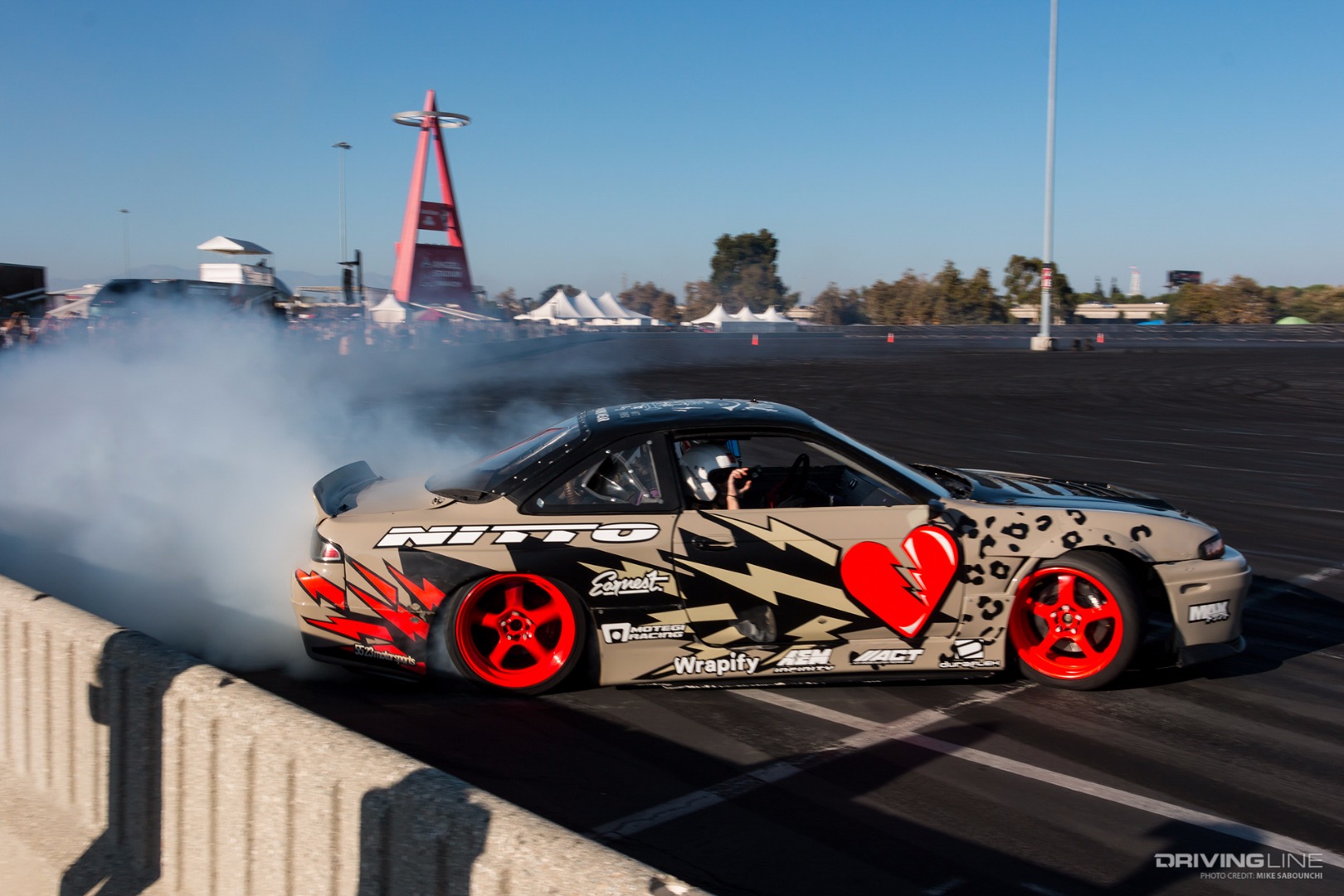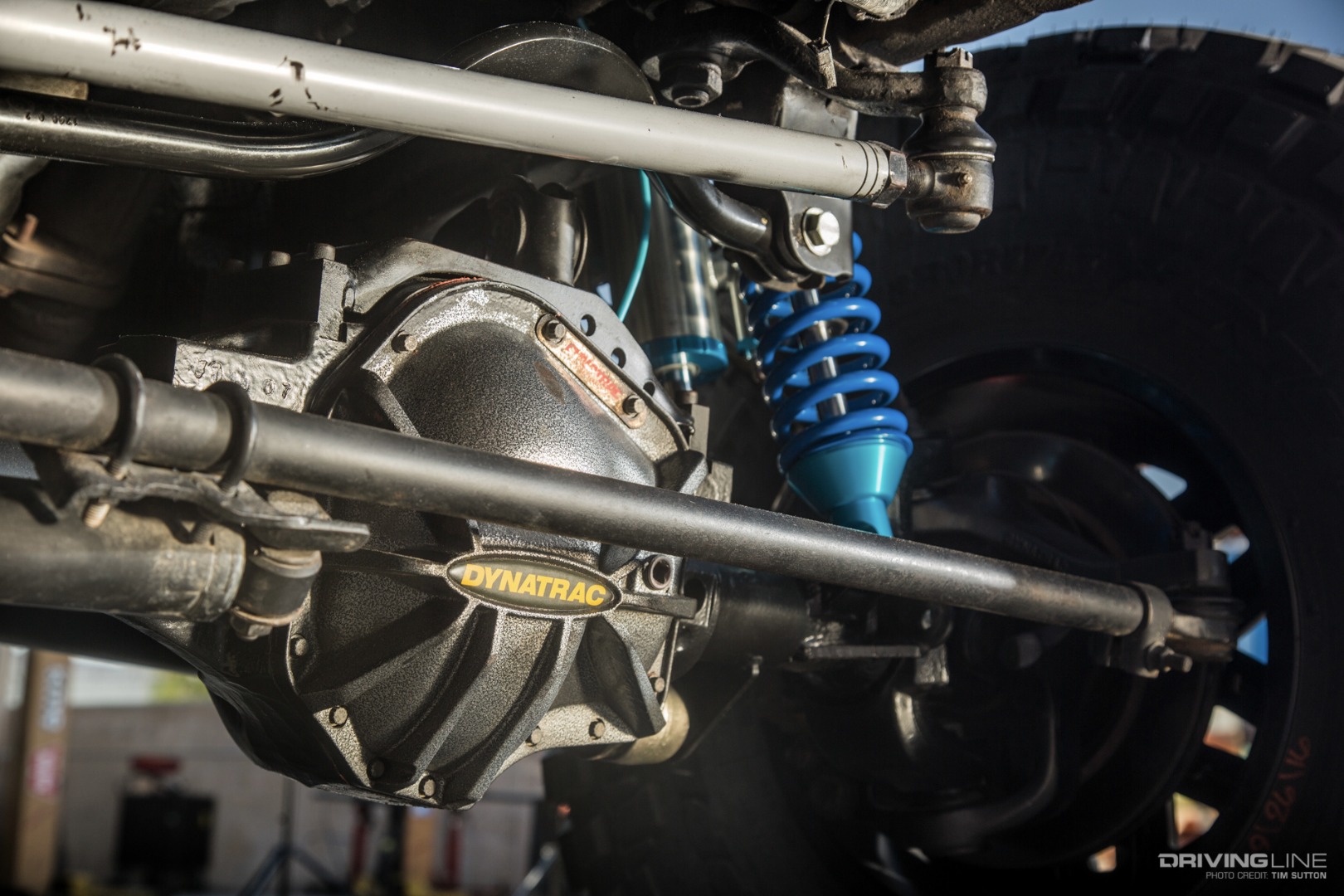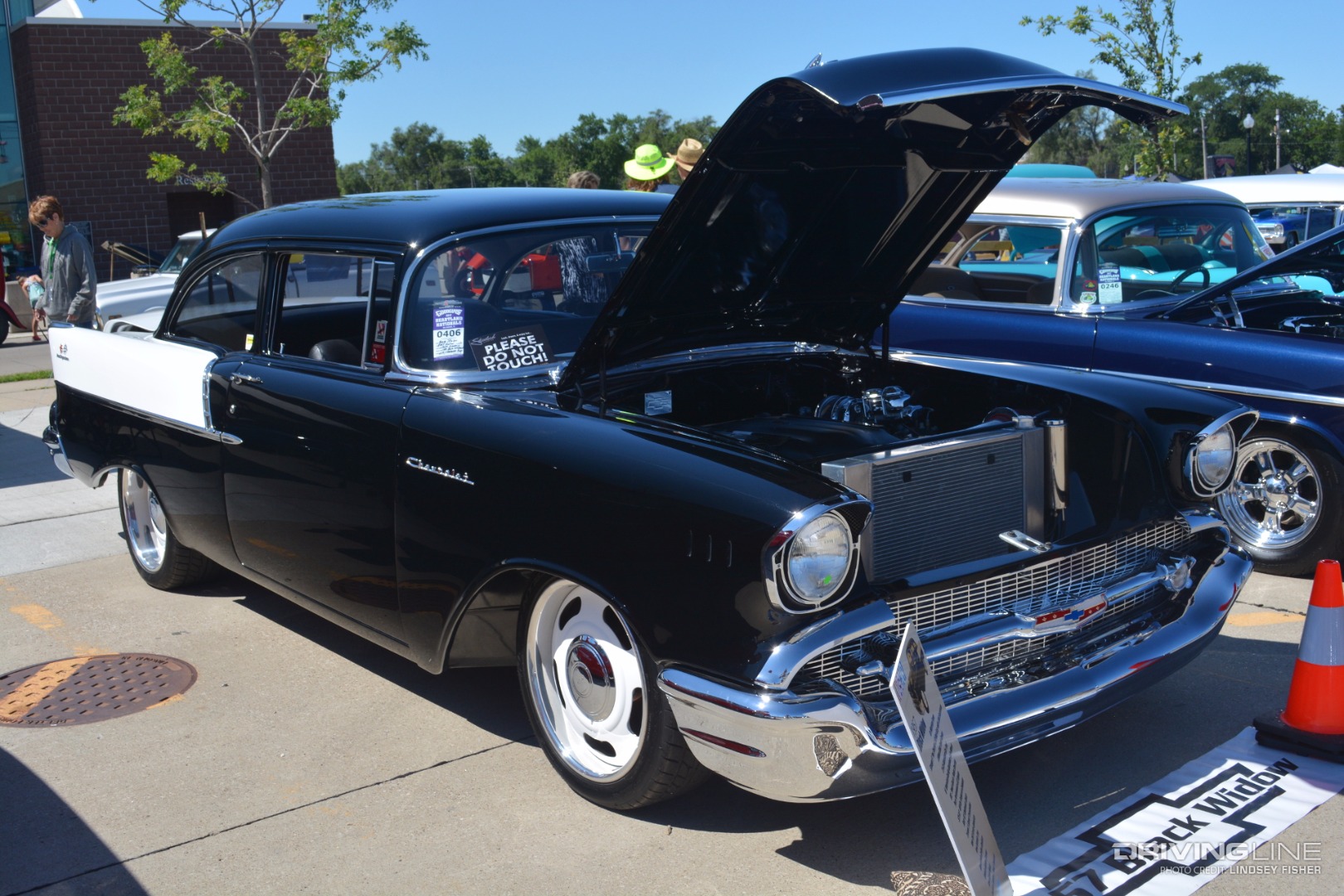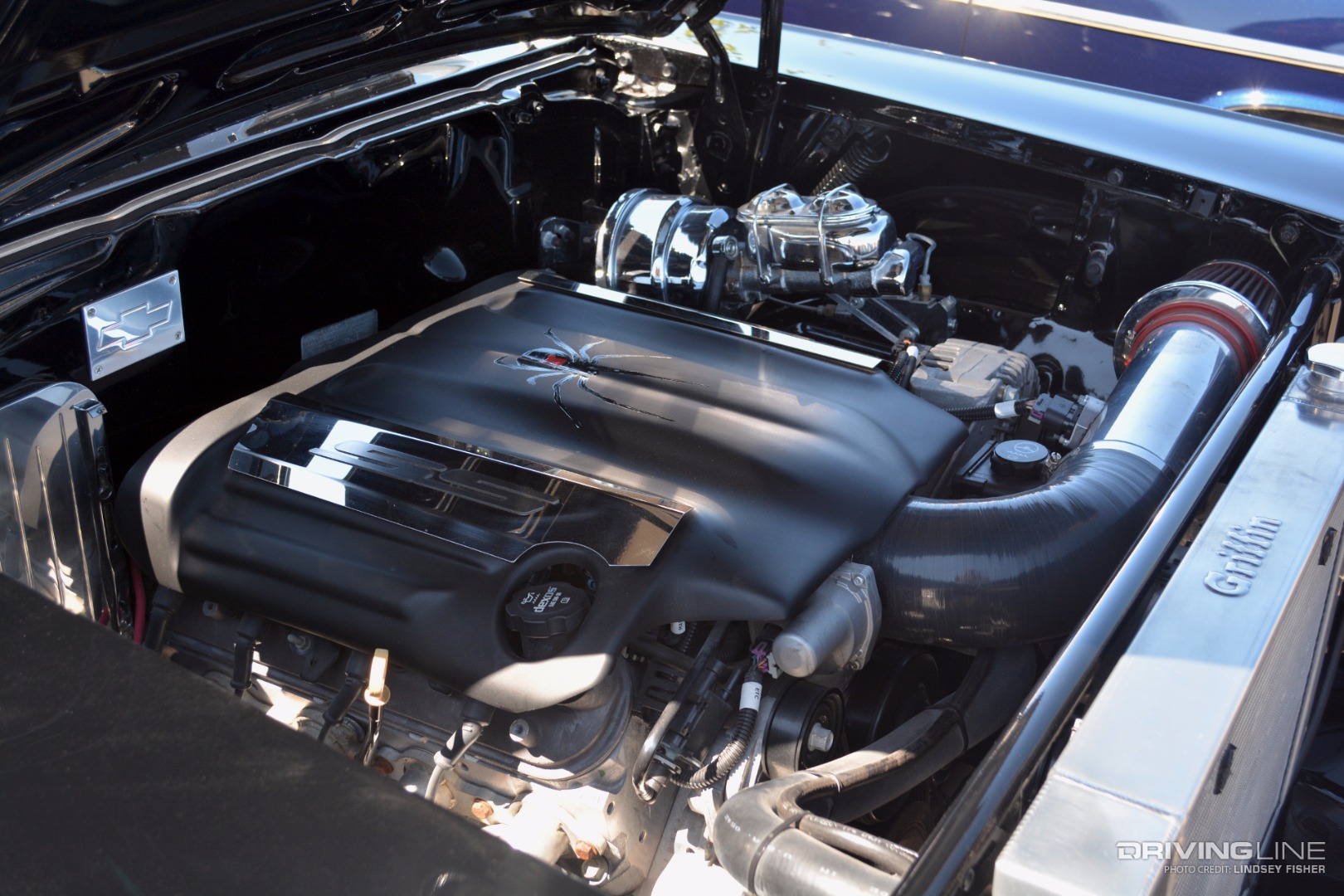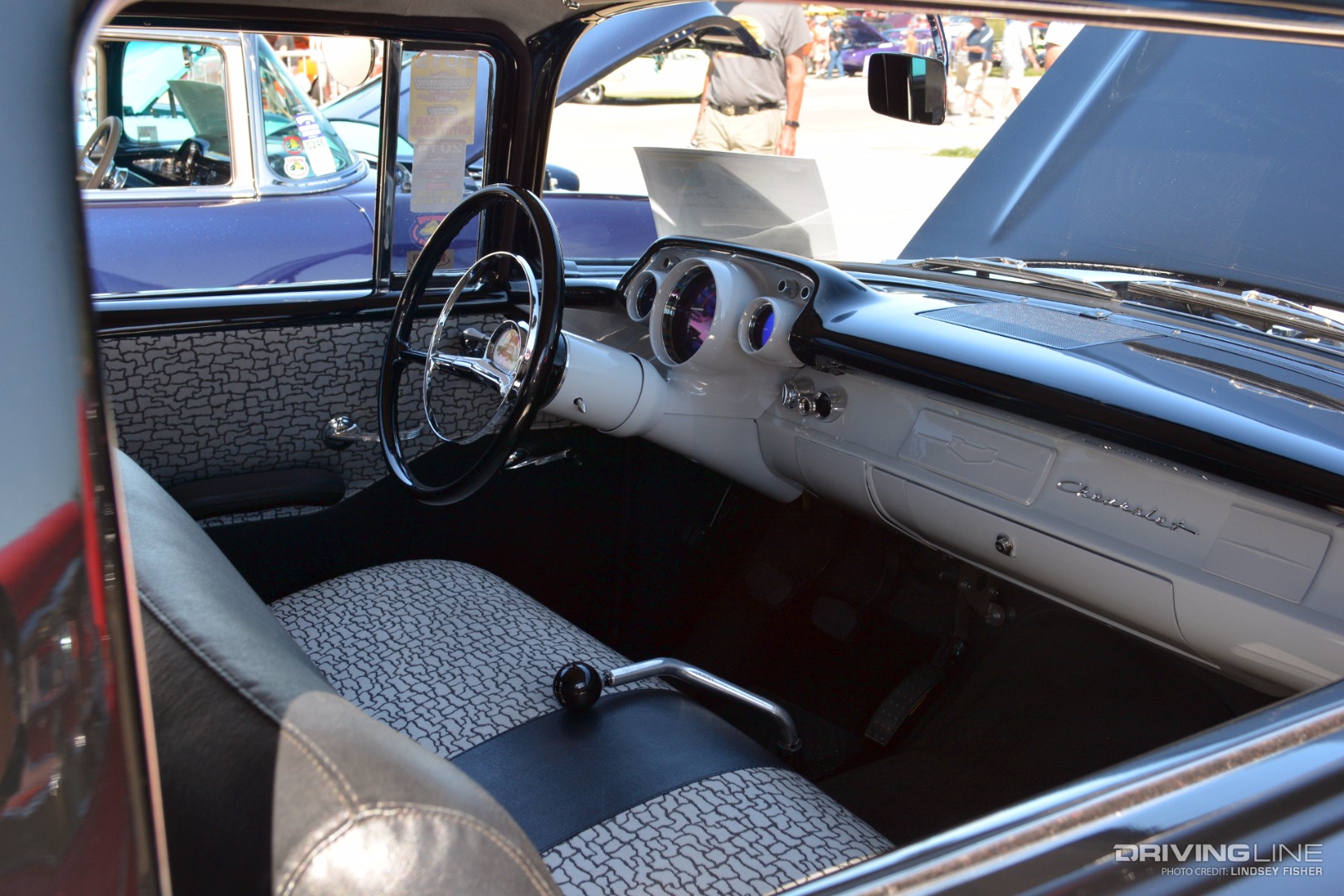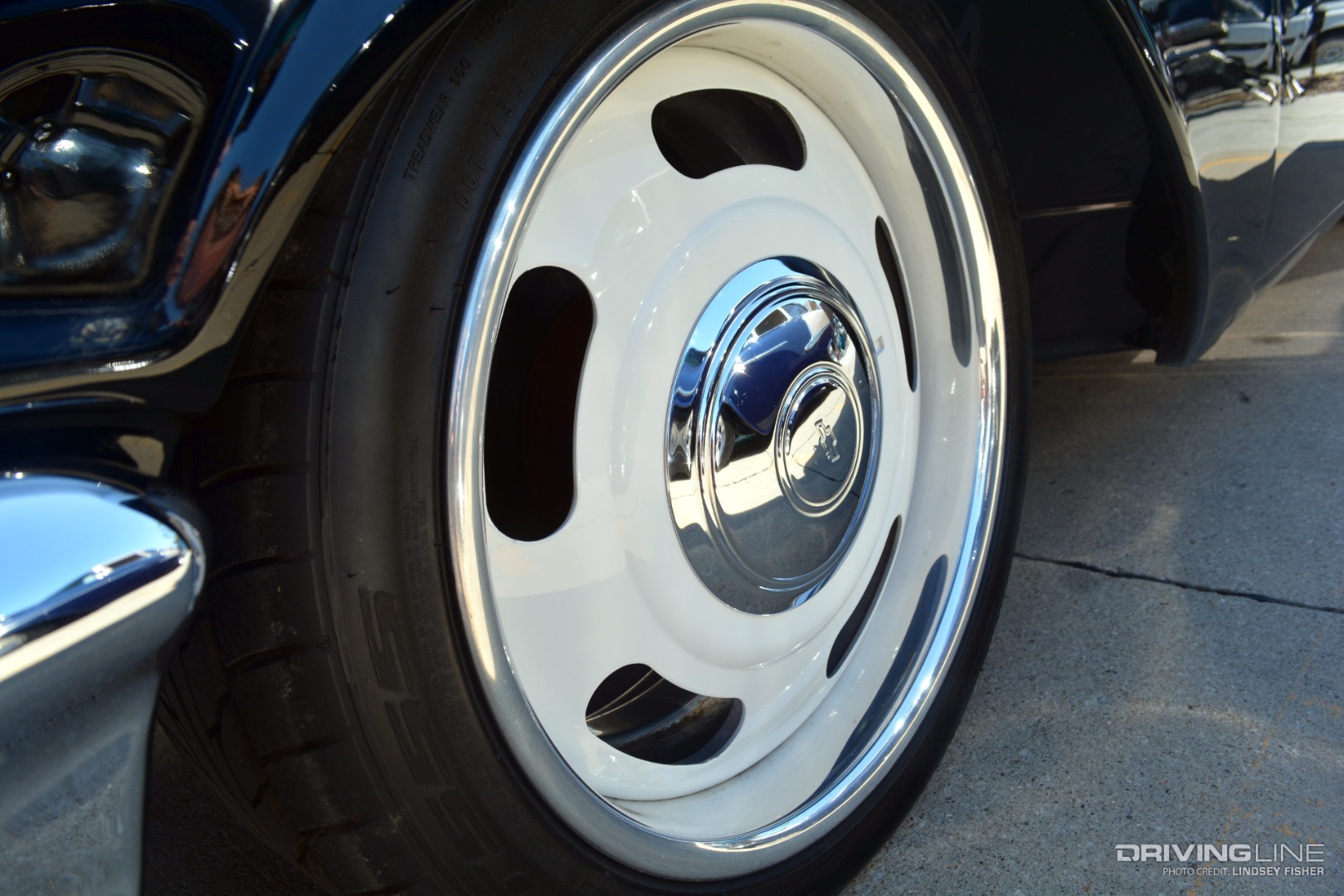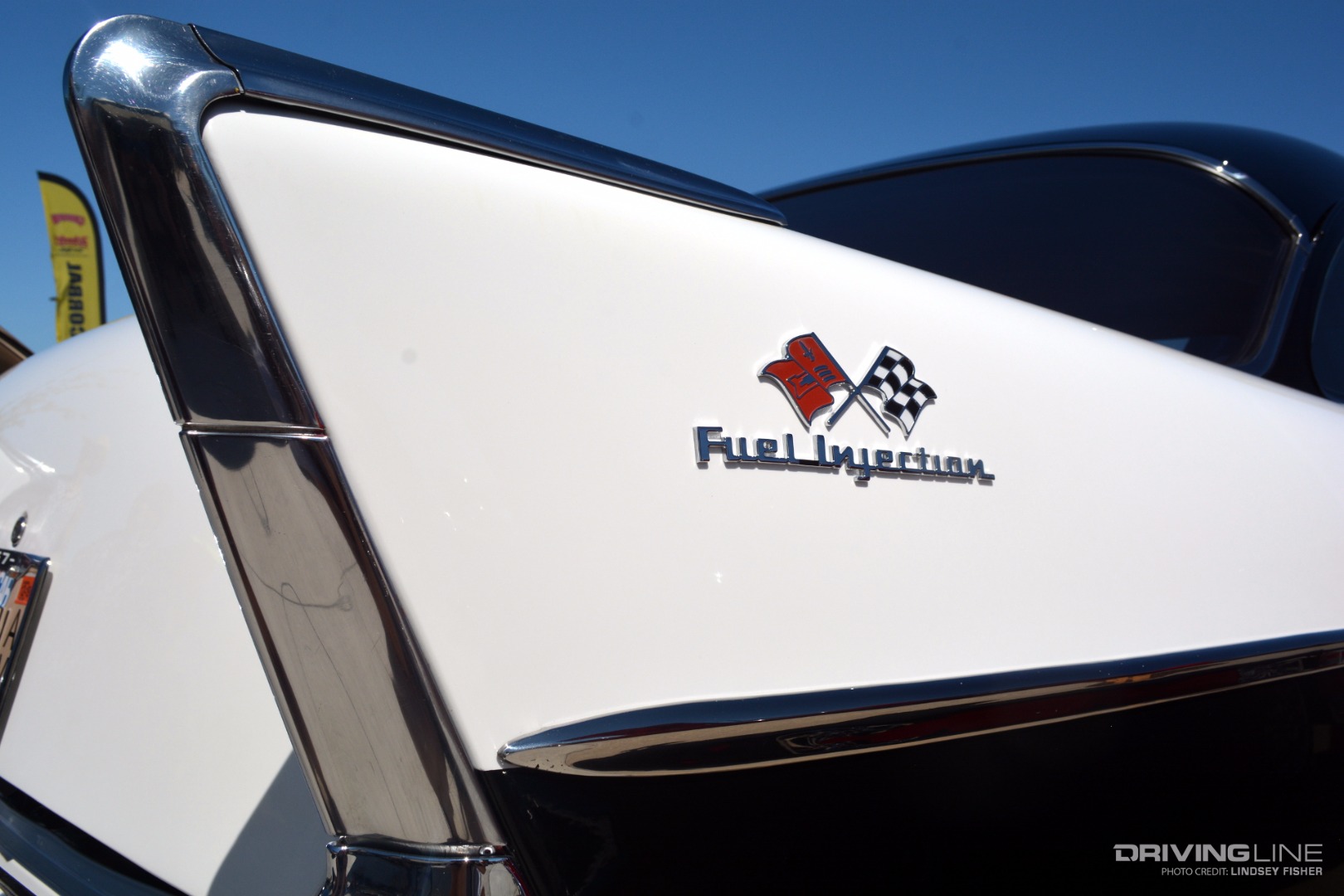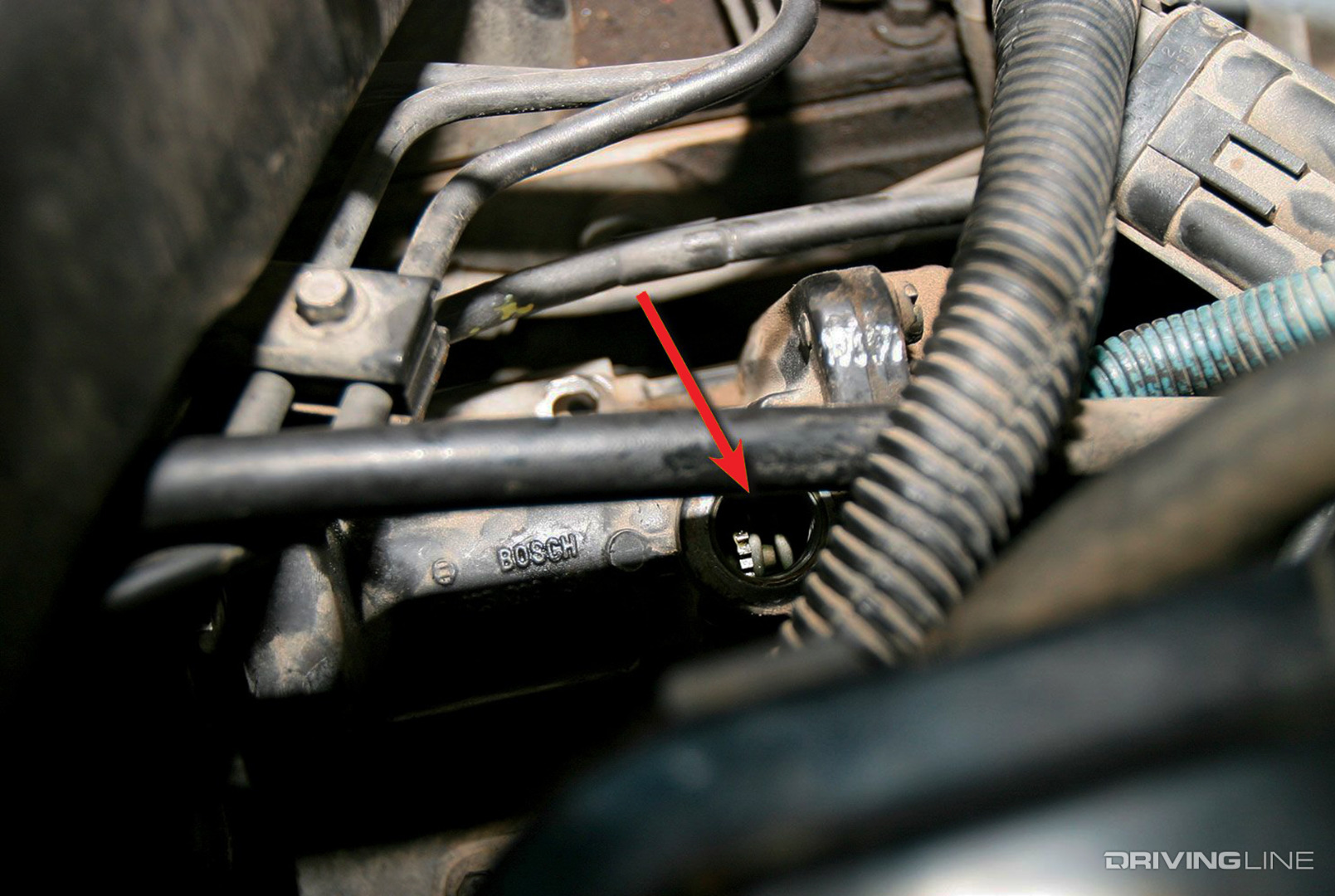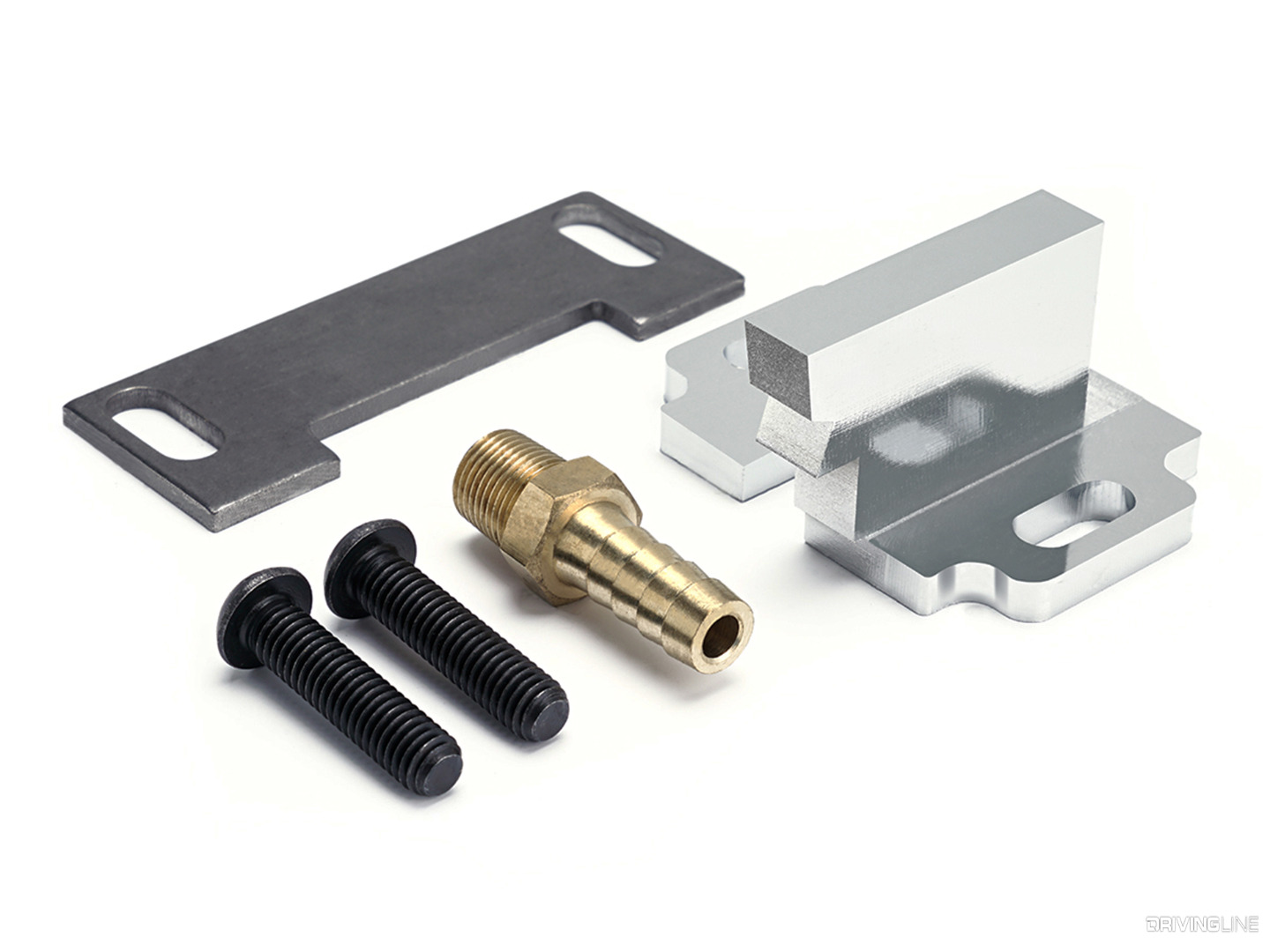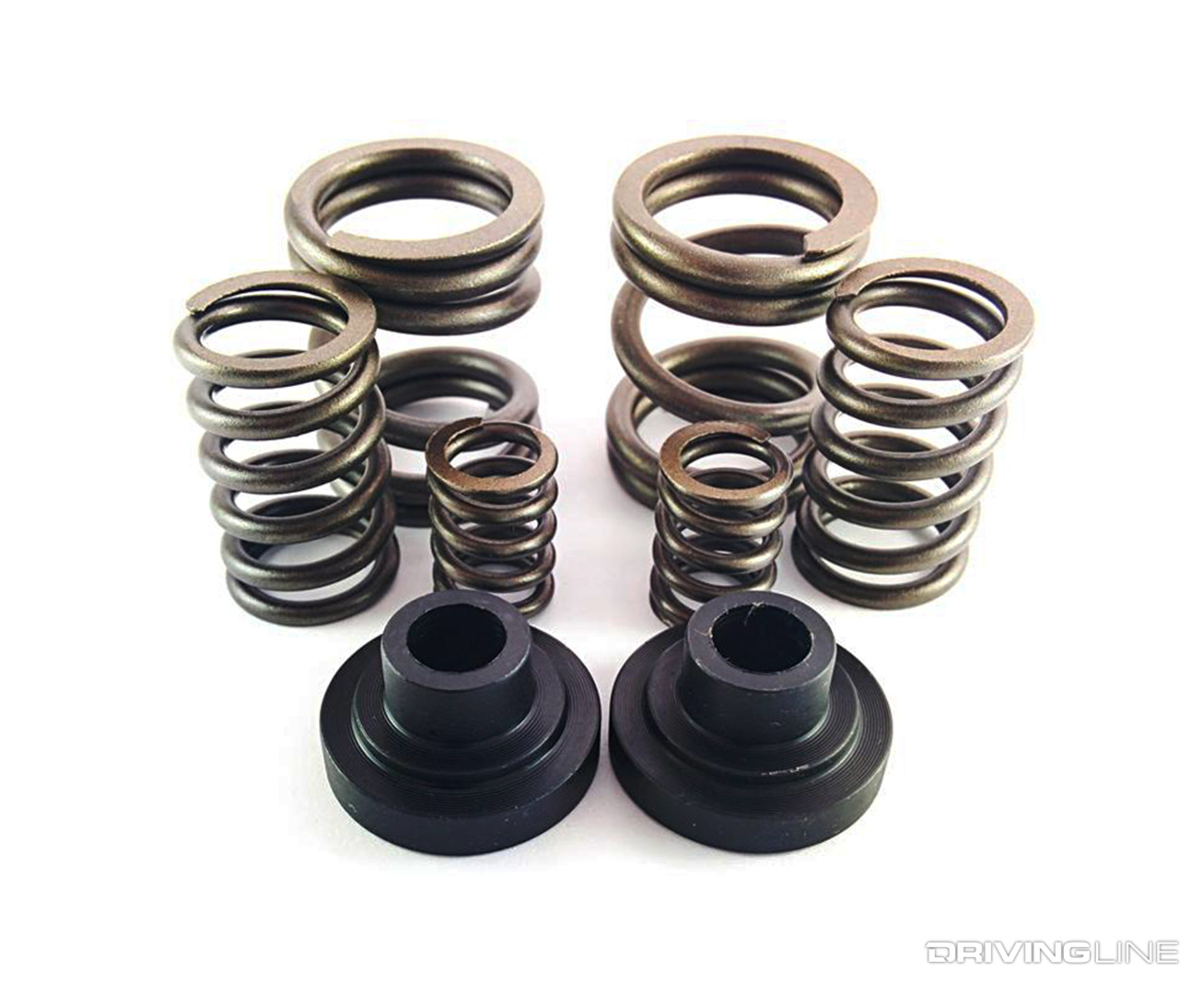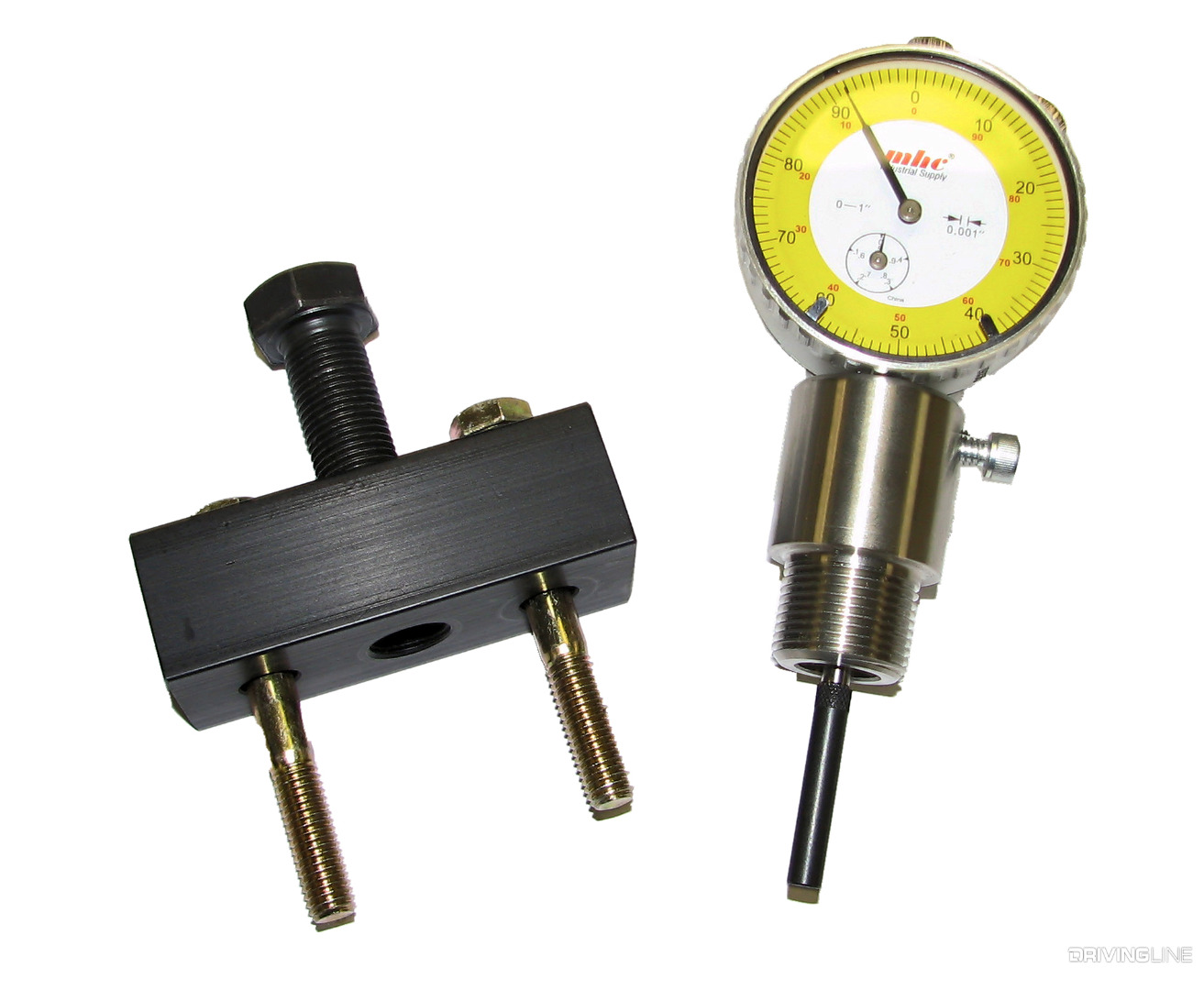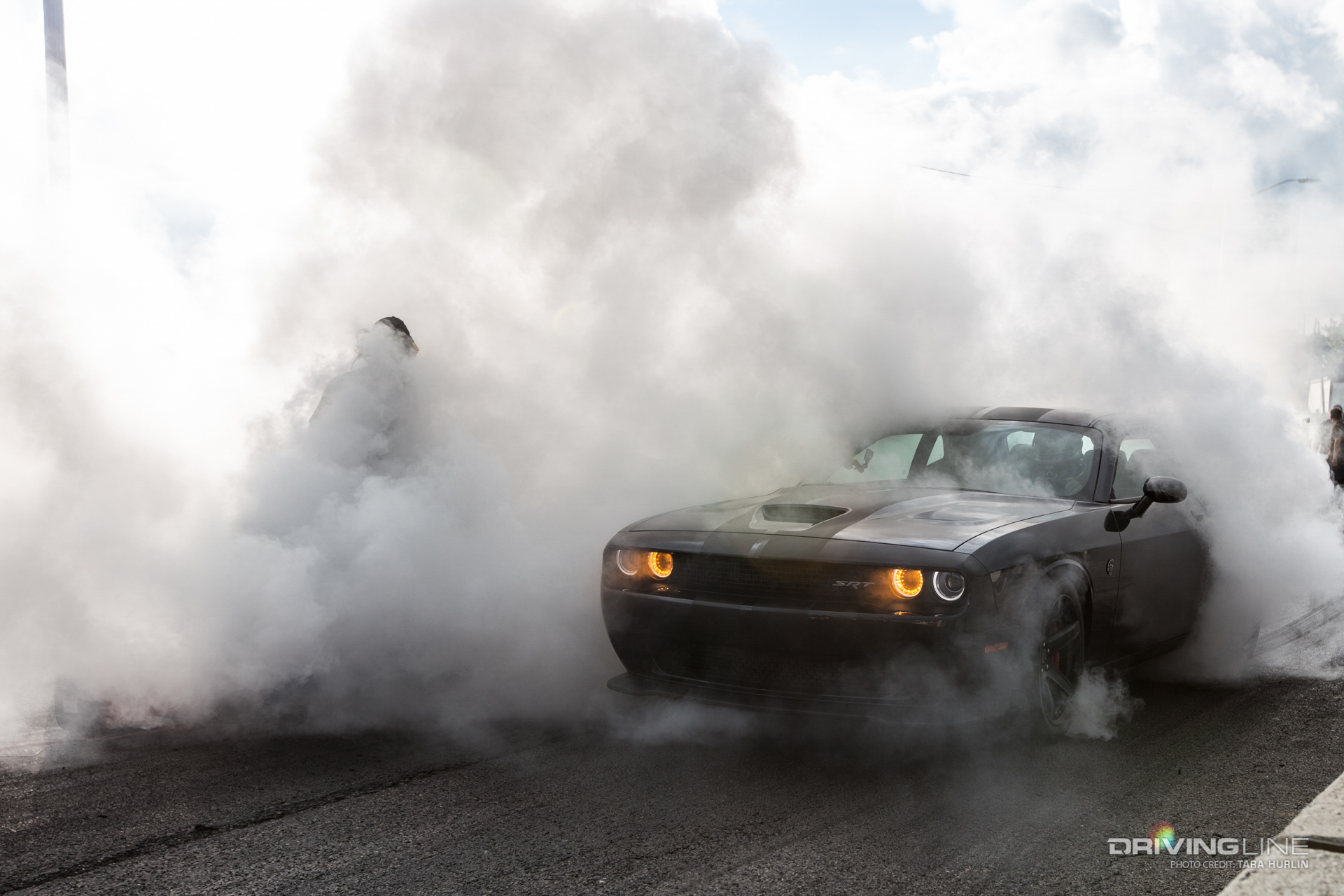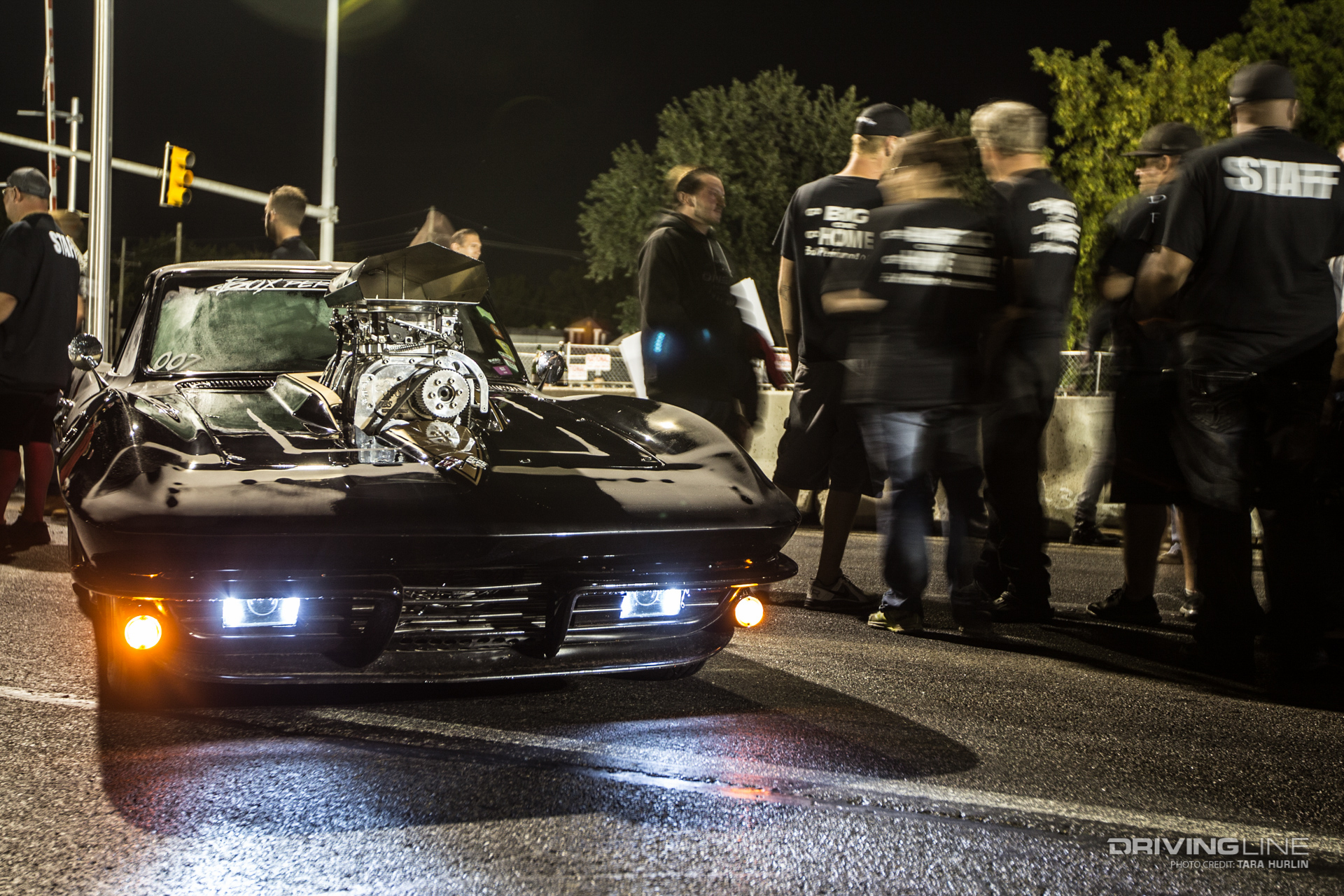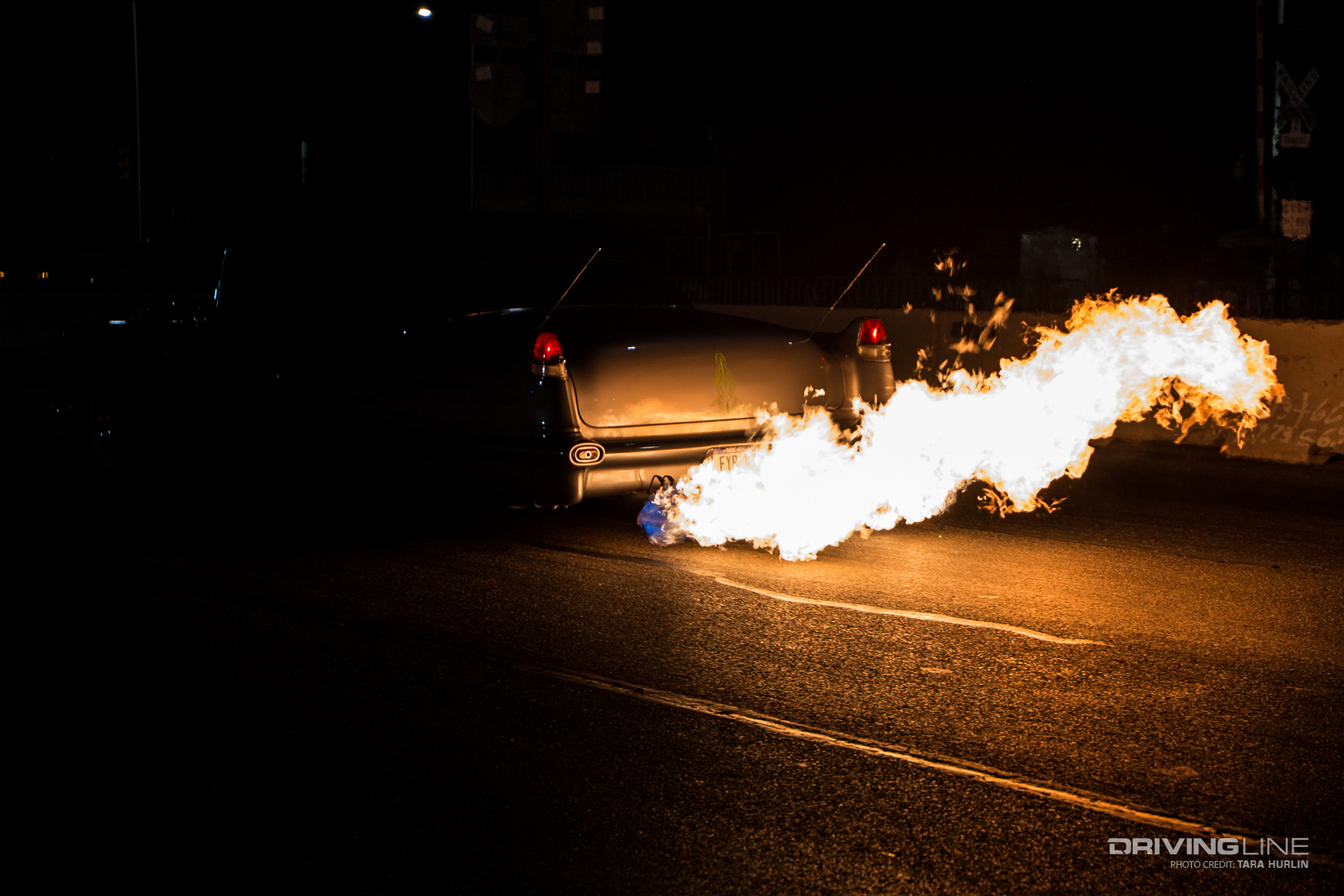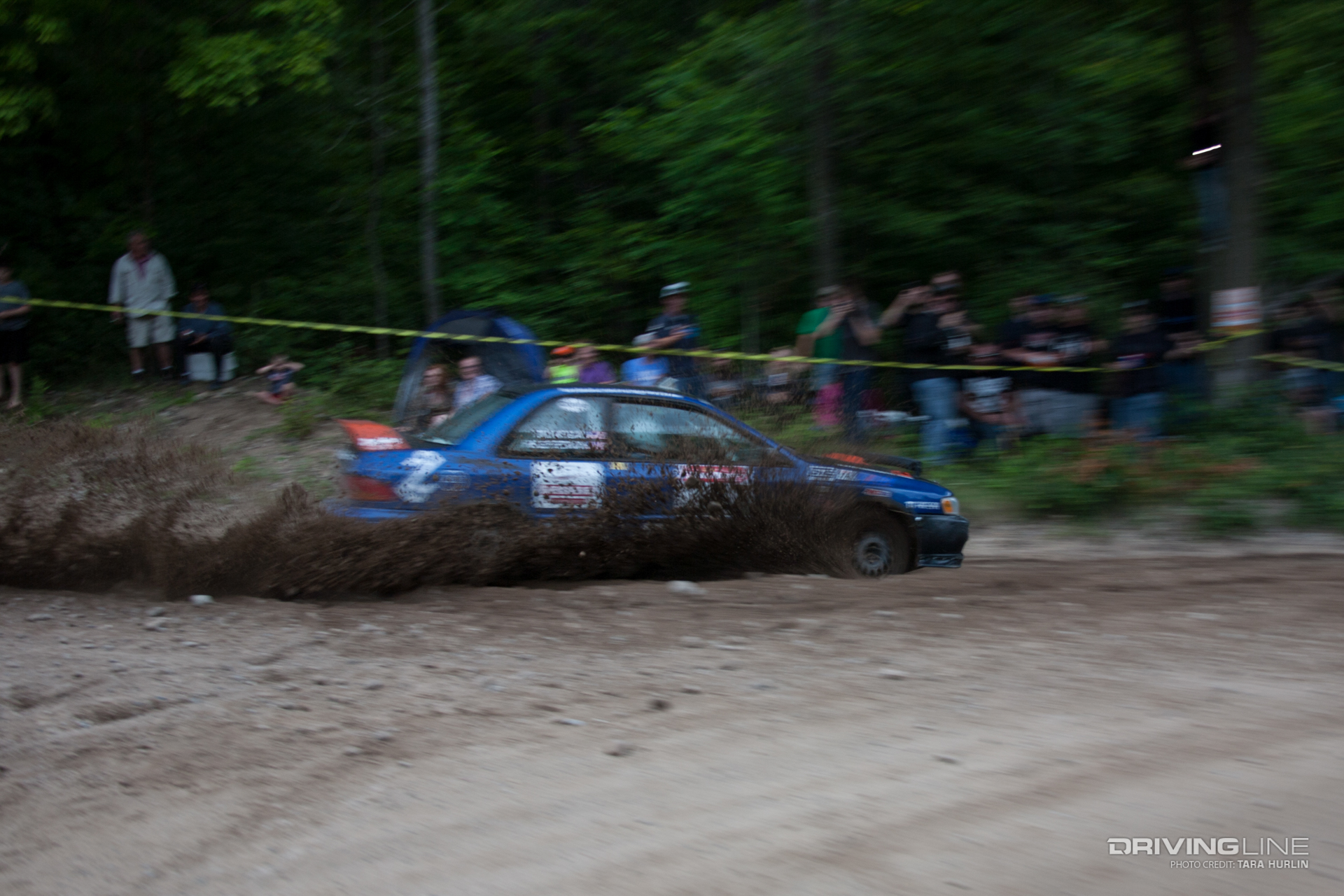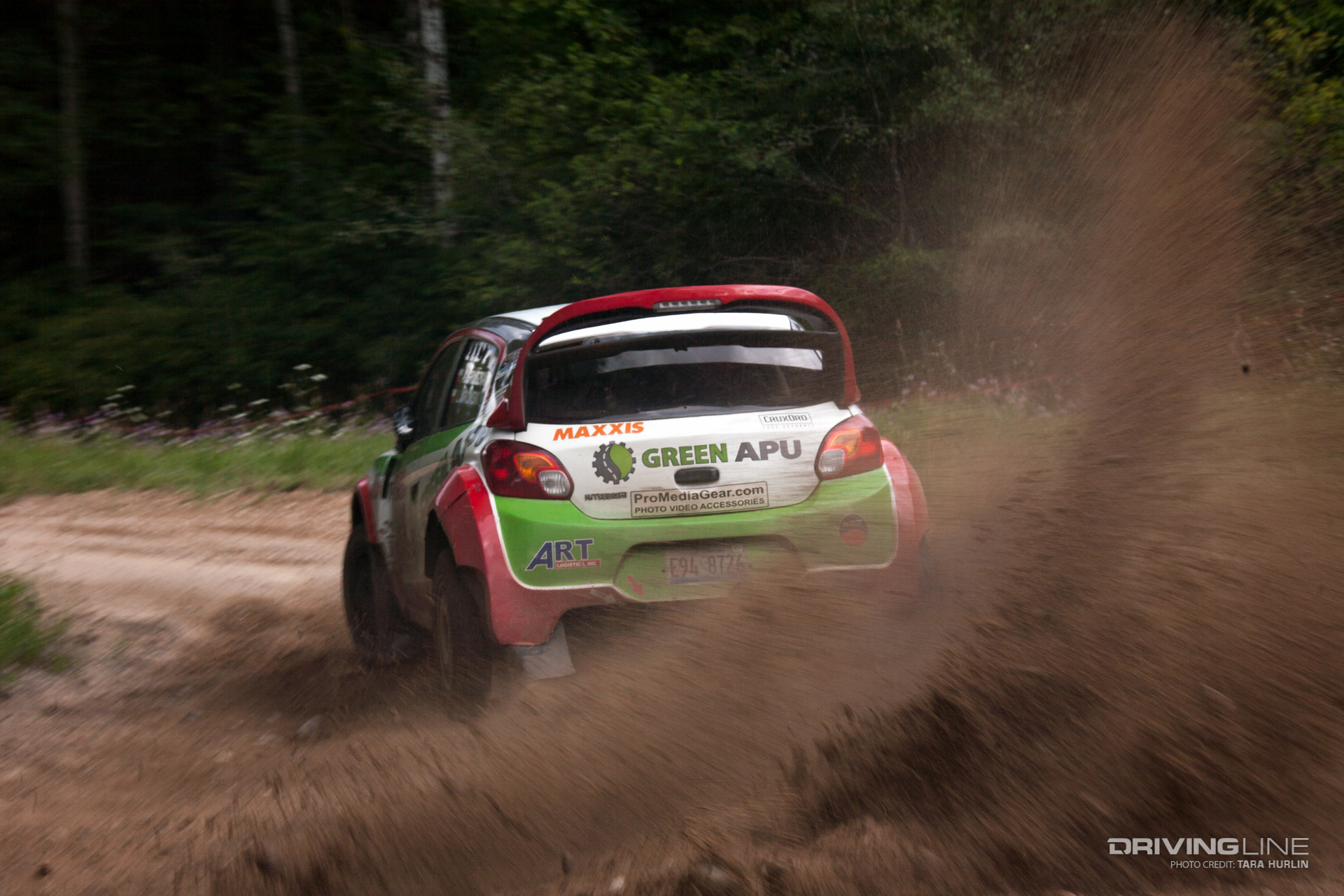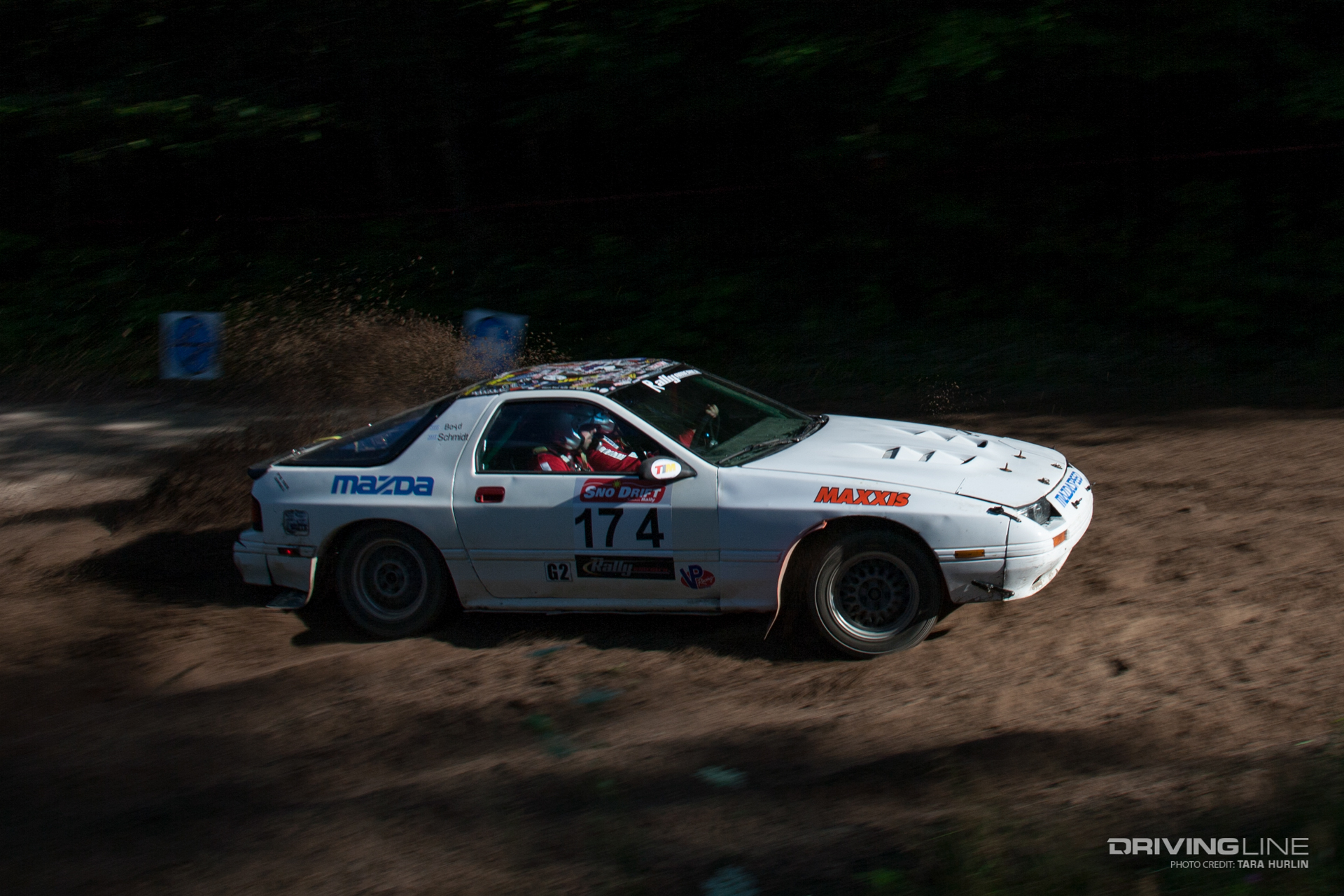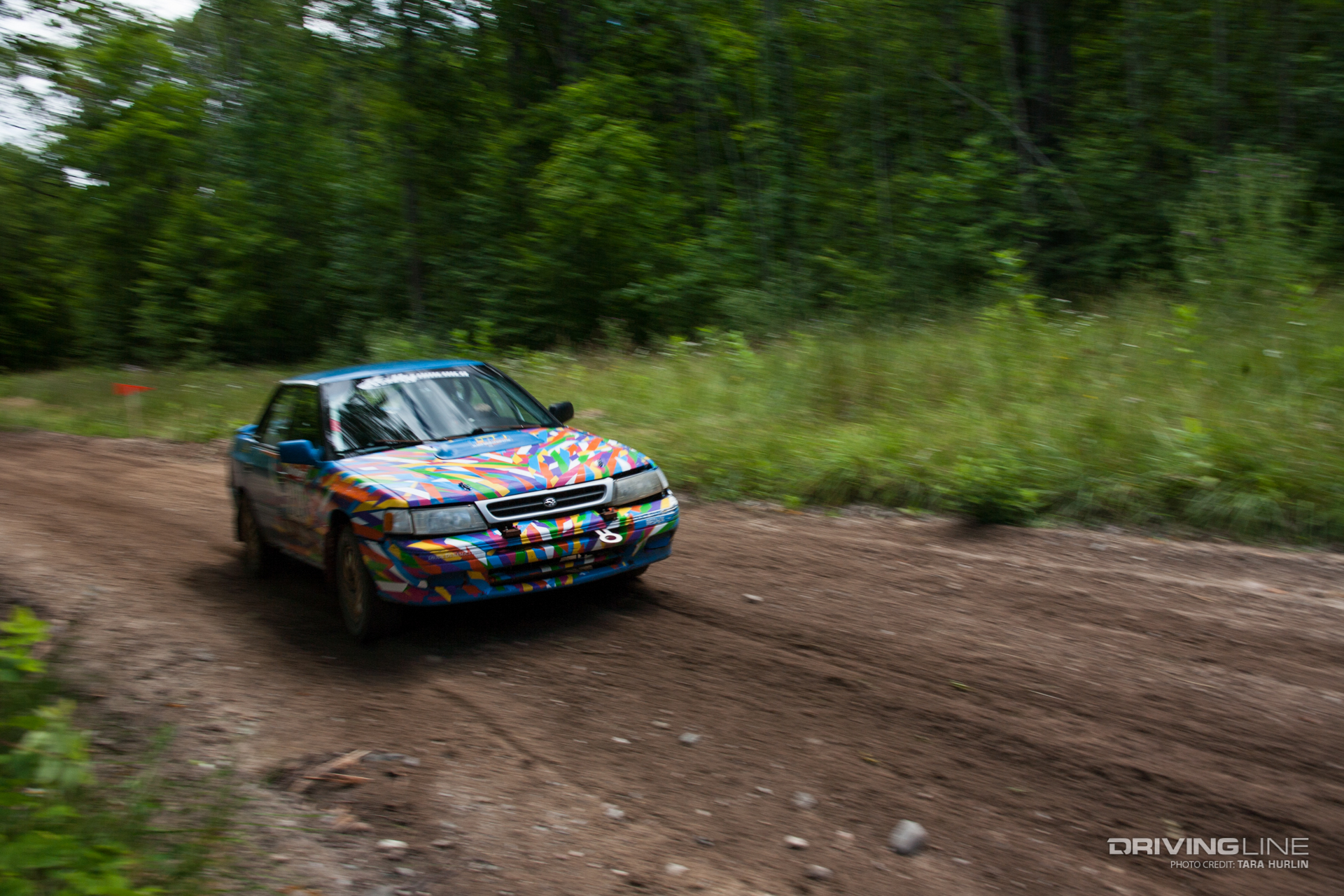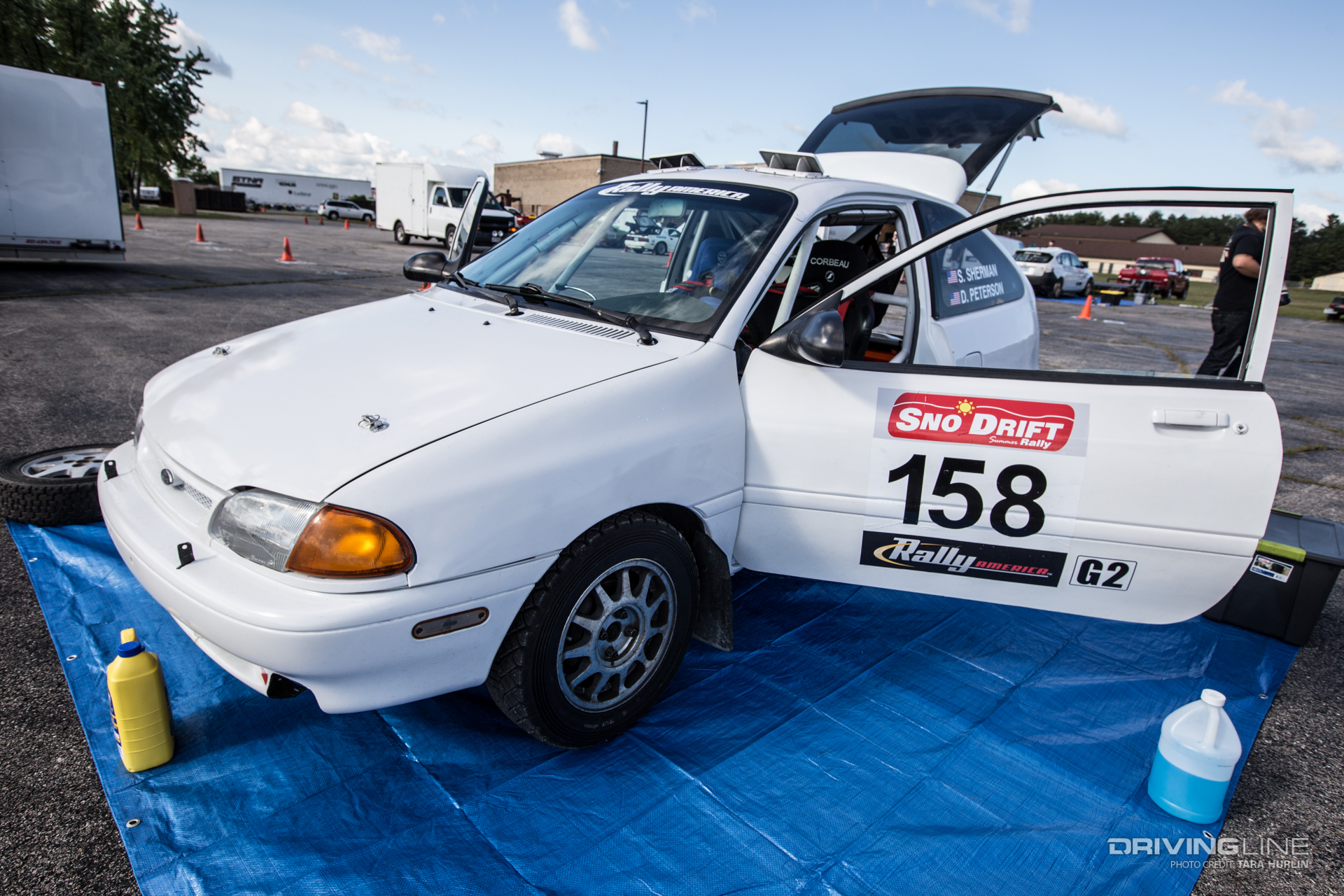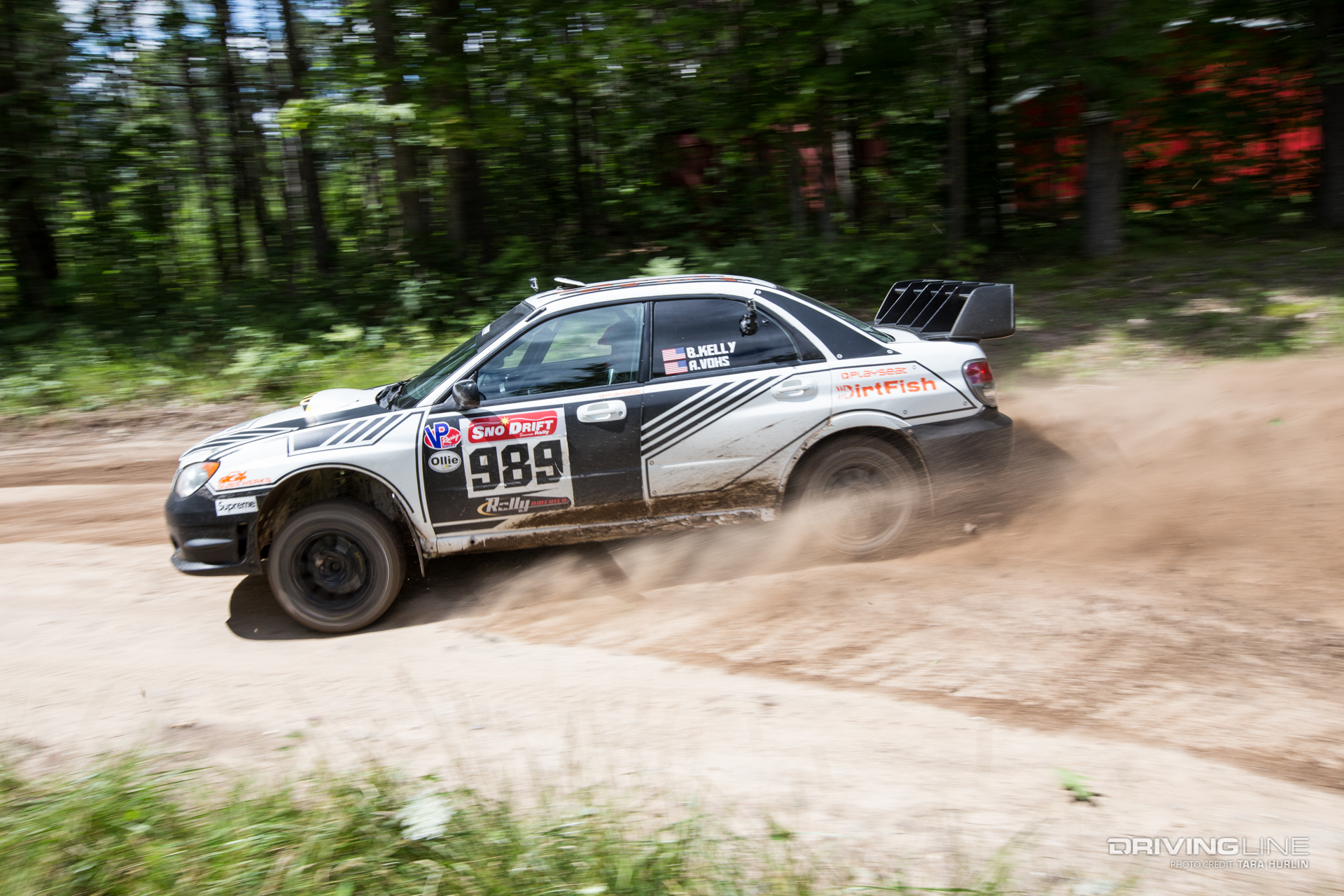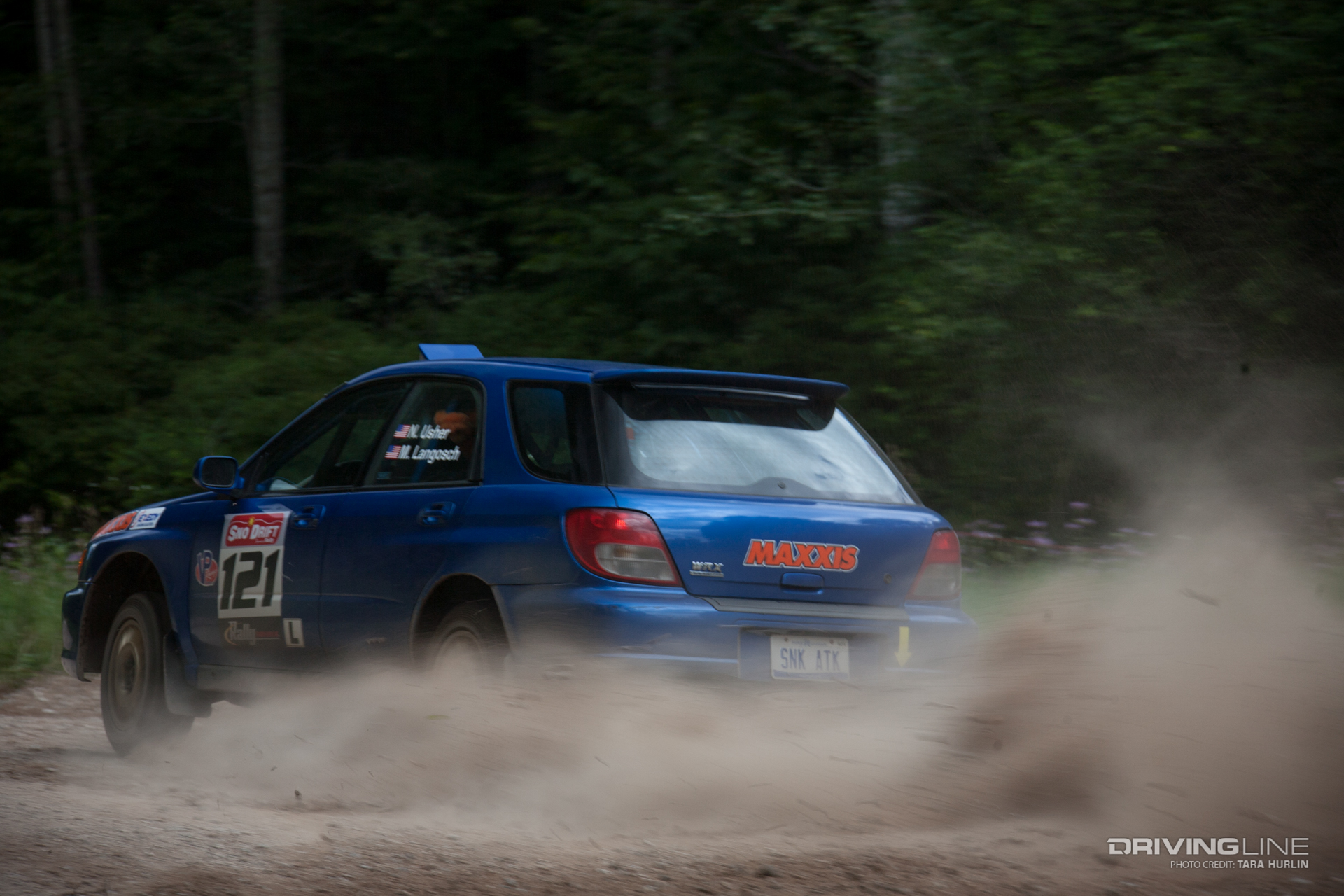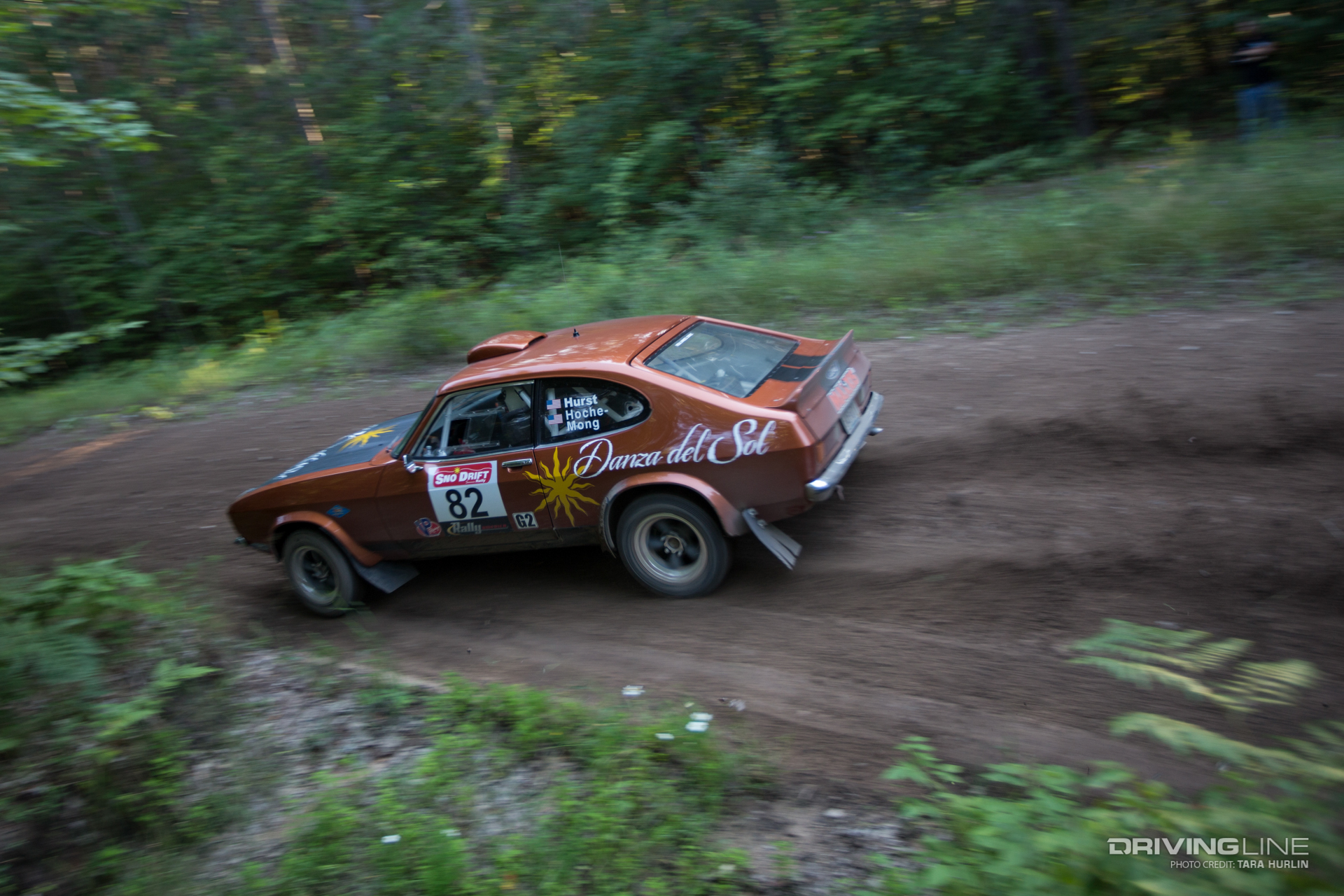“Our boys are going to give me heart failure!” posted Levi Shirley’s mom Suzanne to Wayland Campbell’s mom Tammy, with minutes to go in the Ultra4 KMC Wheels Battle in the Bluegrass. Their two boys were neck-in-neck as the final stretch of the action-packed race played out. Not only that, but a lot was riding on the line: the Eastern Series Championship (which this was the final race for), the National points championship and of course, the race win.
![Wayland Campbell]()
(Photos: Doug Dienelt)
Both Wayland and Levi have grown up in racing families and around Ultra4. With 2017 bringing their first U.S. Ultra4 wins, they’re both riding an extremely strong season — Wayland finishing every single race in one of the top two spots, and Levi seeking to continue his two-win streak. Levi was in 1st and Wayland in 2nd, with four laps to go...
![Levi Shirley]()
Back It Up: Ultra4 Kentucky Qualifying
The final race of the Ultra4 Racing Eastern Series was set for KMC Wheels Battle in the Bluegrass in Bedford, Kentucky, home of the Dirty Turtle Off Road park. The track offers an outstanding short course, complete with a 100-foot tabletop jump, along with a tricky and tightly wooded section full of turns, trees and creek crossings. The Unlimited class would push themselves to the edge once again, running 16 laps of the extensive course.
A general rule of thumb when doing endurance racing is “take what the course gives you.” If you over-drive your car, you’re out. If you’re too conservative, you lose. Ultra4’s course layout team took this to heart when planning this year. The Dirty Turtle’s significant hill climb section was too much for a 16-lap race, so how to use it? Include it in Qualifying! So, in addition to a fast lap around the short course, drivers also had a second portion — a timed run up the hill climb.
Wayland Campbell knew what he had to do. He hammered down and took stage 1 of qualifying with a 1:23.79. Foreshadowing what was to come the next day, Levi Shirley laid down a 1:24.18 for 2nd place. Team Nitto driver Erik Miller was sitting 3rd going into the hill climb qualifier.
![Erik Miller hill climb]()
The hill climb was no joke, but resident mad man Tom Wayes scalded it with a run of 0:21.24, which, combined with his short course run, put him 2nd off the pole for the Main. Levi was a fraction of a second slower, at 0:21.77, winning the pole after combining both scores. Team Nitto driver Marcos Gomez rounded out the top three on the hill climb with a time of 0:22.53. After the dust settled, the top five order for the main was as follows: Levi Shirley, Tom Wayes, Derek West, Jeff Caudill and Marcos Gomez.
![Marcos Gomez]()
A Slight Change in Equipment
If you are a father with kids old enough to drive, you’ve undoubtably heard the phrase, “Can I borrow the car?” If you’re Shannon Campbell and that kid is Wayland Campbell, then what he’s really asking for is the keys to your race car — The Dragon Slayer. Coming out of Qualifying, Wayland had blown the engine in the #3AZ single-seater IFS buggy. Finishing 20th in the hill climb and falling six places behind Levi for the Main, Wayland was seeing his hope for winning the Eastern and National points championships spiral down the drain.
There is no way to recover from a DNS with zero points this late in the season. It is said that there is no love like that of a father for his son, and without blinking, Shannon turned over the keys. Wayland was back in business, and in the 800 hp, 2017 KOH-winning #5AZ car.
![Wayland Campbell]()
If you think Shannon is only a gracious man to his family, then you don’t know Shannon. Earlier this year, at the Badlands race, Casey Gilbert injured his back. Shannon stepped in and drove Casey’s Legends car so Casey could keep in the points hunt. Repeating that run, when the checkered flag dropped in the Legends race this Saturday, who was behind the wheel of Casey’s Miller Motorsports chassis race car? None other than Shannon Campbell. I doubt hashtags will ever make it into the dictionary, but if they do, look for Shannon’s photo next to #ClassAct.
Guts & Gusto in the 4400 Unlimited Race
Saturday morning broke bright and clear. Ideal racing weather with a slight breeze and mostly dry conditions — a rarity for this year’s Eastern Series. The 16 laps of the 4400 Unlimited Class race began in the afternoon. An impressive grid of nearly 40 cars prepared to do Battle in the Bluegrass as the green flag dropped. This race would be scored on adjusted time, with cars leaving every 20 seconds to allow for spacing in the tight woods at the end of the short course. Levi Shirley, riding the momentum of back-to-back Ultra4 victories at the MetalCloak Stampede and the RCV Badlands Brawl, ripped a rooster tail of dirt as he rocketed off the start line.
![Tom Wayes]()
Hot on his dust were a host of hungry drivers. Tom Wayes is scary fast and without a victory this year. Former National Champion and Team Nitto driver Derek West is also overdue. Clay Gilstrap, after notching his first win in that nasty mess at The Clash at the Cross Bar, has been a significant contender all year, and Levi’s biggest threat this season, current points leader Wayland Campbell, was all the way back in 7th with an unfamiliar car and a desperate mission.
![Derek West]()
The racing was fast and furious with attrition high in the first half of the race, yet Levi pulled away from the field, laying down lap after consistent lap. Tom Wayes and Disco Derek West battled back and forth, with Tom eventually pulling away and mounting a challenge on Levi. Clay Gilstrap broke out the Texas moxie (pew pew!) and drove like he had something to prove. Team Nitto driver Josh Blyler once again proved that his Top 10 KOH finish was no fluke.
![Josh Blyler]()
Lost in the back of the pack after a DNF on the qualifying hill climb, and a bit of a mystery, was last year’s Battle in the Bluegrass winner and two-time King of the Hammers Erik Miller. Erik was fast, but if you’re ever watched him race, you could tell something was wrong and he was holding back. Even at reduced pace, Erik is a pro. Attrition and time kept moving him up in the pack, but nothing as dramatic as his last-to-1st miracle run at last year’s event.
![Erik Miller]()
By the midway point, the field had split into four groups: Levi running away with it, the chase pack, the survivors and the dead. Ultra4 attrition is legendary — six cars didn’t even survive the first lap. By the time the checkered flag was dropped, only half the field had completed eight of the 16 laps. The trees were actually keeping score of how many cars they knocked out of the race.
Blazing fast Clay Gilstrap was one of those victims. Past the halfway point, Clay was running in the top three and looked poised to challenge Levi. A hard hit on a rock took out steering and a turn in the woods trying to pass another car ended up breaking his steering completely and putting Clay into a tree.
![Clay Gilstrap]()
Erik Miller, however, seemed to come to a mental decision to leave it all on the track, and boosted it to another level. Like night and day, Erik suddenly came alive and started ripping through the pack, picking off lap traffic and gaining on the lead. Through all of this, you could see Wayland getting comfortable in his rental and turning up the heat.
![Erik Miller]()
The Final Leg at Battle of Bluegrass
To pick up where our first paragraph left off... four laps to go, and Levi had the lead since the drop of the green flag. Wayland had worked his way up to 2nd and was charging hard, but still almost two minutes behind Levi. Tom Wayes, Derek West and Josh Blyler were mixing it up like crazy, and Erik Miller was driving another miracle race, coming back from 20th into the top six.
![Derek West]()
Then, the entire crowd gasped as one. Coming out of the woods and back in front of the grandstands, everyone heard track announcer Mile Hasselquist say, “Levi Shirley has a flat! Levi Shirley has a flat!” Every person knew this kicked the “game on” switch up even more. Levi and his experienced crew had a choice to make: Pull into the hot pits and change that massive 40-inch tire as fast as they possibly could, or try to run out the race on a flat, hoping they had enough of a lead.
With the trees taking their toll and a muddy creek crossing all through the course, the team made the smart choice and took to the pit to change the flat. You didn’t have to be on the Campbell’s race channel to see that Wayland got the message. Showing the traditional Campbell fearlessness, Wayland pinned it. Coming out of the woods on lap 3, Wayland Campbell was in the lead.
![Wayland Campbell]()
Once out front, Wayland drove like the current points leader he is: cool, calm and collected… with a little bit of that Campbell “crazy” mixed in. Levi chased hard, but the time lost in the pits was too great to overcome, especially since Levi had to not only pass Wayland, but get two minutes in front of him to catch him on corrected time. There just wasn’t enough race left.
![Levi Shirley]()
In the middle of all of this, Erik Miller continued to lay down astonishing laps — which got him across the finish line second and put him in 2nd place on corrected time, less than a minute ahead of Levi Shirley. Levi raced an incredible race and dominated for 15 of the 16 laps, but the flat tire cost him the top spot. Levi did continue his podium streak however, taking 3rd.
![Erik Miller]()
Tom Wayes and Derek West rounded out the top five, still seeking a 2017 victory. Raul Gomez and Josh Blyler rounded out the group who finished on the lead lap. All said and done, Team Nitto drivers had the top two spots on the podium and five of the seven total lead lap spots.
![Raul Gomez]()
Rounding out the Eastern Series for 2017, Battle in the Bluegrass was the deciding factor for the Eastern points championship. Wayland Campbell edged out Levi Shirley by 40 points. Following them, Erik Miller and Josh Blyler tied for 3rd, both racking up 2,875 points.
![Josh Blyler]()
Congratulations to Wayland Campbell on his 2nd victory of the year and for winning the Eastern Series Championship! Just make sure Dad gets his car back (with a full tank of gas).
![podium]()
For a complete listing of the Battle in Bluegrass final results, visit ULTRA4Racing.com.
Next Up in Ultra4
The Fallon 250 race on Labor Day weekend is the final race in the Western Series Championship, and only 20 points separate Wayland and Levi. From there, the Nitto National Championship in Reno, Nevada, will clinch the 2017 National Series up in October.
If you missed out on any of the action this year, be sure to tune into NBC Sports every Thursday night for “Journey to the Hammers.”
Stay tuned for more coverage from Ultra4 Kentucky.



